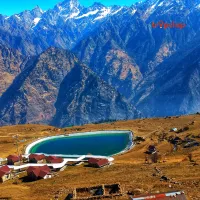Hi User
Navigation
20 must visit famous historical places in India
India, the second most populous country in the world, has a rich and diverse history. The land has been ruled by a number of empires and dynasties, ea - Tripclap

India, the second most populous country in the world, has a rich and diverse history. The land has been ruled by a number of empires and dynasties, each leaving a lasting impact on Indian society.
The first major Indian dynasty was the Maurya Empire. Founded in 321 BC by Chandragupta Maurya, the Maurya Empire was one of the largest empires in world history. It extended from present-day Pakistan to Bangladesh and from central India to the eastern coast. The Mauryas were known for their great achievements in politics, administration, economy, and culture.
The next major dynasty was the Gupta Empire. Founded in 320 AD by Sri Gupta, the Gupta Empire was one of the most prosperous empires in Indian history. It covered a large area of the subcontinent, with its capital at Pataliputra (present-day Patna). The Gupta period is considered the Golden Age of India, as it saw a great flourishing of Indian culture and art.
The next major Indian dynasty was the Mughal Empire. The Mughals were a Muslim dynasty that ruled most of the Indian subcontinent from 1526 to 1857. Under the Mughals, India reached its greatest extent, covering almost all of the Indian subcontinent. The Mughals were known for their art and architecture, and for their patronage of the arts.
The British East India Company gradually gained control over large parts of India in the 18th century. In 1858, the company was dissolved and India was officially made a part of the British Empire. India remained a British colony until 1947, when it gained independence.
Since independence, India has been a democracy, with a parliamentary system of government. The country has had a number of presidents and prime ministers, and has seen great economic and social progress. However, India has also faced a number of challenges, including poverty, corruption, and religious and ethnic
violence.
violence.
Table of Content
- 1. Taj Mahal:
- 2. Red Fort
- 3. Qutab Minar
- 4. Agra Fort
- 5. Jama Masjid
- 6. Humayun’s Tomb
- 7. Amber Fort Jaipur
- 8. Gate way of India
- 9 Ajanta Ellora Caves
- 10. Victoria Memorial
- 11. Rajarajeshwara Temple
- 12. Charminar
- 13. Golconda Fort
- 14. Sun Temple
- 15. Khajuraho Group of Monuments
- 16. Sanchi Stupa
- 17. Golden Temple, Punjab
- 18. Mysore palace
- 19 Hampi Karnataka
- 20 Jallianwala Bagh, Punjab
6 days & 5 nights
4.4 (436)
SPLENDID SINGAPORE Package 5 Nights & 6 Days
New Delhi
Tour package by I Need Trip
Verified
INR 52,000 /Adult
8 days & 7 nights
4.9 (215)
Kashmir Tour Package 07 Nights 08 Days
2D Gujarat • 2D Mumbai • 4D New Delhi
Tour package by Tourwithme
Verified
INR 28,999 /Adult
5 days & 4 nights
4.7 (244)
manali group tour Package
New Delhi
Tour package by TRAVEON HOLIDAYS
Verified
INR 7,141 SAVE INR 2,142
INR 4,999 /Adult
6 days & 5 nights
4.8 (124)
Corbett Nainital Tour - 5 Nights & 6 Days Package
Delhi
Tour package by Venture Destinations
Verified
INR 31,249 SAVE INR 6,250
INR 24,999 /Adult
3 days & 2 nights
4.3 (393)
Dilli Haat Tour 2 Nights / 3 Days
Delhi
Tour package by TripClap
Verified Trustseal
INR 10,000 SAVE INR 1,000
INR 9,000 /Adult
10 days & 9 nights
4.4 (74)
Shimla Kullu Manali Dharamshala Dalhousie Katra Vaishno Devi Amritsar Chandigarh Tour Package 13 Days
2D Bangalore • 2D Delhi • 2D Manali • 2D New Delhi • 2D Shimla
Tour package by Travel-yatra.com (A unit of Flying bird travel pvt. ltd.)
Verified Trustseal Top Partner
INR 12,000 /Adult
9 days & 8 nights
Bhutan Package
Delhi
Tour package by Tour circle.in
Verified
INR 45,918 SAVE INR 4,592
INR 41,326 /Adult
4 days & 3 nights
4.4 (74)
Royal Package of Ranthambore jaipur 3 Nights 4 Days EX Delhi for 4 PAX.
1D Delhi • 1D Jaipur • 2D Ranthambore
Tour package by Travel-yatra.com (A unit of Flying bird travel pvt. ltd.)
Verified Trustseal Top Partner
INR 10,556 SAVE INR 1,056
INR 9,500 /Adult
7 days & 6 nights
5 (24)
6N 7D Tour Package All Inclusive Vietnam(Hanoi & Danang) with Flight From delhi- 2 Adults
Delhi
Tour package by SMILE2MILES
Verified
INR 185,333 SAVE INR 46,333
INR 1,39,000 /Adult
4 days & 3 nights
4.9 (180)
Heart of Northern India
1D Delhi • 1D Haridwar • 2D Rishikesh
Tour package by My Indo Channel Pvt Ltd(House of ullassa)
Verified
INR 15,000 /Adult
1. Taj Mahal:
The Taj Mahal is a UNESCO World Heritage Site located in Agra, India. It is a mausoleum built by Mughal Emperor Shah Jahan in memory of his late wife, Mumtaz Mahal. The Taj Mahal is considered one of the most beautiful buildings in the world and is one of the most popular tourist destinations in India.
The Taj Mahal was completed in 1653, and is considered one of the most beautiful buildings in the world.
The Taj Mahal is made of white marble and is decorated with inlaid semi precious stones. The central dome is nearly 200 feet high, and the four minarets that surround the Taj Mahal are each more than 200 feet high.
The Taj Mahal is one of the most popular tourist destinations in India, and more than three million people visit it every year.
It is a UNESCO World Heritage Site and is considered one of the most beautiful buildings in the world. It is a popular tourist destination in India.
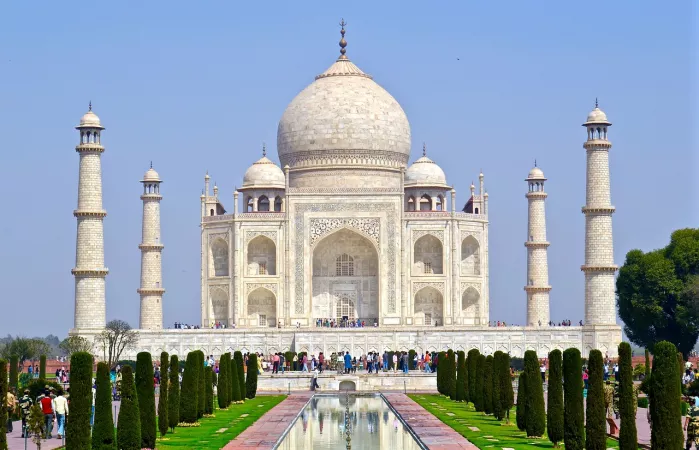 View Gallery - 21
View Gallery - 21 Agra, Agra Cantonment Tour Packages
3 days & 2 nights
4.3 (393)
Taj Mahal Tour 3 Days
1D Agra Cantonment • 2D New Delhi
Tour package by TripClap
Verified Trustseal
INR 17,647 SAVE INR 2,647
INR 15,000 /Adult
4 days & 3 nights
4.7 (77)
Maharajas Luxury Trip
Agra
Tour package by Amaze India Trip
Verified
INR 175,000 SAVE INR 35,000
INR 1,40,000 /Adult
4 days & 3 nights
4.3 (393)
3N/4D Agra Tour Package from Kanpur
Agra
Tour package by TripClap
Verified Trustseal
INR 19,966 SAVE INR 3,993
INR 15,973 /Adult
3 days & 2 nights
4.3 (393)
Wonderful Taj Mahal Tour
Agra
Tour package by TripClap
Verified Trustseal
INR 12,143 SAVE INR 3,643
INR 8,500 /Adult
6 days & 5 nights
4.8 (314)
delhi-agra-fatehpur sikri-mathura-vrindavan tour itinerary
1D Agra • 1D Delhi • 1D Mathura • 3D Vrindavan
Tour package by Raisoone Travels and Holidays Pvt Ltd
Verified
INR 17,499 SAVE INR 3,500
INR 13,999 /Adult
3 days & 2 nights
4.1 (37)
3 days itinerary for Agra, Mathura,Vrindavan
1D Agra • 1D Mathura • 1D Vrindavan
Tour package by YATRACO
Verified
INR 16,000 SAVE INR 4,000
INR 12,000 /Adult
4 days & 3 nights
Jaipur with Agra – A Royal Journey Through Heritage & History
2D Agra • 2D Jaipur
Tour package by Asiago Travels
Verified
INR 32,941 SAVE INR 4,941
INR 28,000 /Adult
6 days & 5 nights
4.6 (57)
Itinerary for Delhi, Agra, Mathura, Vrindavan, and Haridwar Tour
1D Agra • 1D Delhi • 1D Haridwar • 1D Mathura • 2D Vrindavan
Tour package by javeo-traveller private limited
Verified
INR 22,222 SAVE INR 2,222
INR 20,000 /Adult
6 days & 5 nights
4.1 (37)
Itinerary for Delhi, Agra, Mathura, Vrindavan, and Haridwar Tour
1D Agra • 1D Delhi • 1D Haridwar • 1D Mathura • 2D Vrindavan
Tour package by YATRACO
Verified
INR 31,984 SAVE INR 6,397
INR 25,587 /Adult
6 days & 5 nights
5 (31)
Itinerary for Delhi, Agra, Mathura, Vrindavan, and Haridwar Tour
1D Agra • 1D Delhi • 1D Haridwar • 1D Mathura • 2D Vrindavan
Tour package by Traowl India
Verified
INR 8,999 /Adult
2. Red Fort
The Red Fort is a historic fort in the city of Delhi, India. It was the main residence of the Mughal emperor Shah Jahan, who built it in 1638. The fort was named for the red sandstone that was used to build it.
The Red Fort is a large, square fort with bastions at each corner. It is made of red sandstone and marble.
The fort has a number of buildings, including the Diwan-i-Aam (Hall of Public Audience), the Diwan-i-Khas (Hall of Private Audience), the Rang Mahal (Palace of Colours), the Mumtaz Mahal (Palace of the Exalted Beloved), and the Shah Burj (Tower of the King).
The fort was captured by the British in 1857, during the Indian Rebellion of 1857. The British used the fort as a military garrison until 1885, when they moved to a new fort. The Red Fort was opened to the public as a museum in 1948.
The Red Fort is a UNESCO World Heritage Site. It is one of the must visit historical places in India to witness the Mughal architecture of India.
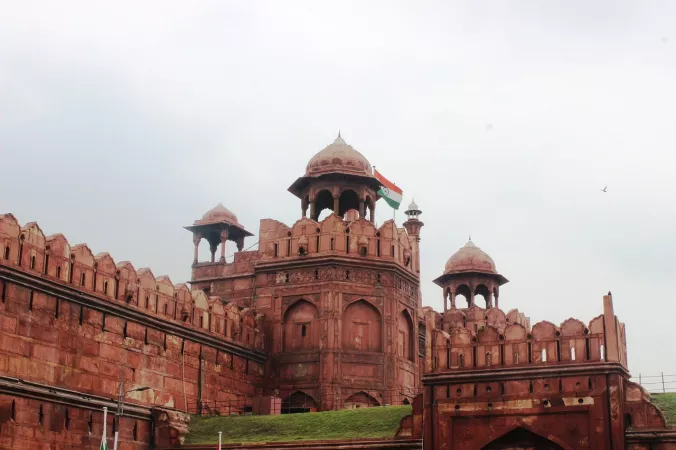 View Gallery - 21
View Gallery - 21 Places to visit in Delhi
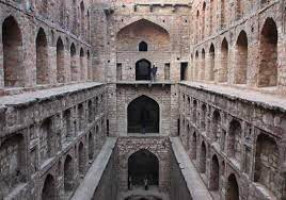
Agrasen Ki Baoli
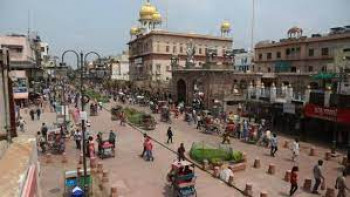
Chandni Chowk

Connaught Place
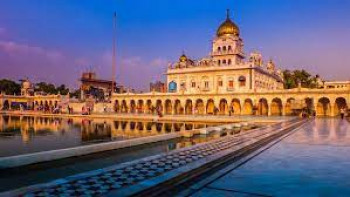
Gurudwara Bangla Sahib
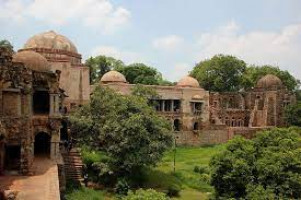
Hauz Khas Village
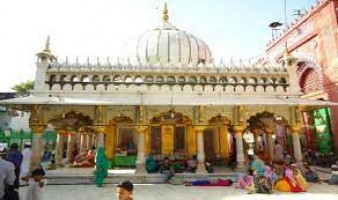
Hazrat Nizamuddin Nizamuddins Shrine
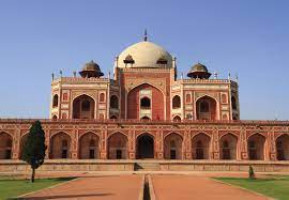
Humayuns Tomb
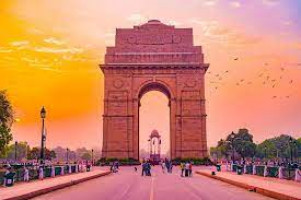
India Gate

Iskcon Hare Krishna Temple
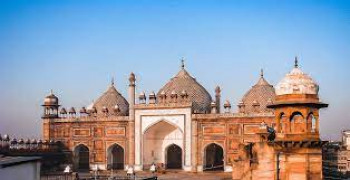
Jama Masjid
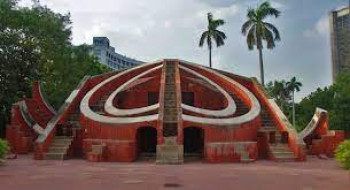
Jantar Mantar

Khan Market

Lodhi Garden
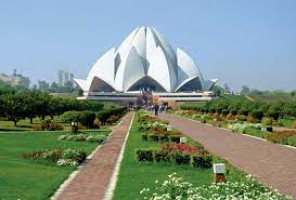
Lotus Temple
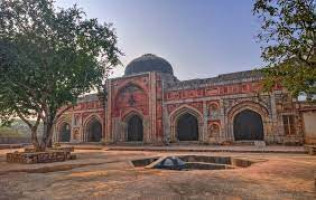
Mehrauli Archaeological Park

National Zoological Park

Pragati Maidan
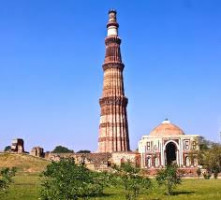
Qutub Minar And Complex
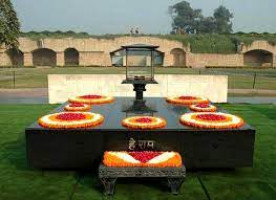
Rajghat
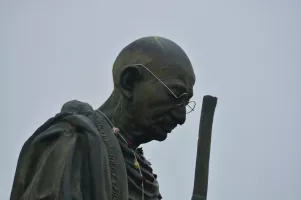
Rajpath
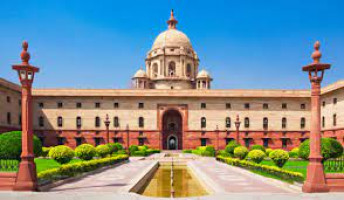
Rashtrapati Bhavan
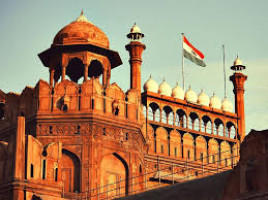
Red Fort
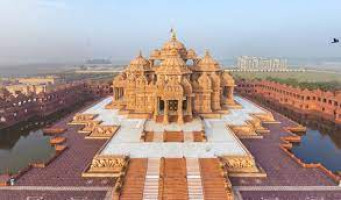
Swaminarayan Akshardham Temple

Teen Murti Bhavan Nehru House And Nehru Planetarium
6 days & 5 nights
4.4 (436)
SPLENDID SINGAPORE Package 5 Nights & 6 Days
New Delhi
Tour package by I Need Trip
Verified
INR 69,333 SAVE INR 17,333
INR 52,000 /Adult
8 days & 7 nights
4.9 (215)
Kashmir Tour Package 07 Nights 08 Days
2D Gujarat • 2D Mumbai • 4D New Delhi
Tour package by Tourwithme
Verified
INR 38,665 SAVE INR 9,666
INR 28,999 /Adult
5 days & 4 nights
4.7 (244)
manali group tour Package
New Delhi
Tour package by TRAVEON HOLIDAYS
Verified
INR 6,665 SAVE INR 1,666
INR 4,999 /Adult
6 days & 5 nights
4.8 (124)
Corbett Nainital Tour - 5 Nights & 6 Days Package
Delhi
Tour package by Venture Destinations
Verified
INR 27,777 SAVE INR 2,778
INR 24,999 /Adult
3 days & 2 nights
4.3 (393)
Dilli Haat Tour 2 Nights / 3 Days
Delhi
Tour package by TripClap
Verified Trustseal
INR 10,000 SAVE INR 1,000
INR 9,000 /Adult
10 days & 9 nights
4.4 (74)
Shimla Kullu Manali Dharamshala Dalhousie Katra Vaishno Devi Amritsar Chandigarh Tour Package 13 Days
2D Bangalore • 2D Delhi • 2D Manali • 2D New Delhi • 2D Shimla
Tour package by Travel-yatra.com (A unit of Flying bird travel pvt. ltd.)
Verified Trustseal Top Partner
INR 12,000 /Adult
4 days & 3 nights
4.4 (74)
Royal Package of Ranthambore jaipur 3 Nights 4 Days EX Delhi for 4 PAX.
1D Delhi • 1D Jaipur • 2D Ranthambore
Tour package by Travel-yatra.com (A unit of Flying bird travel pvt. ltd.)
Verified Trustseal Top Partner
INR 12,667 SAVE INR 3,167
INR 9,500 /Adult
9 days & 8 nights
Bhutan Package
Delhi
Tour package by Tour circle.in
Verified
INR 45,918 SAVE INR 4,592
INR 41,326 /Adult
7 days & 6 nights
5 (24)
6N 7D Tour Package All Inclusive Vietnam(Hanoi & Danang) with Flight From delhi- 2 Adults
Delhi
Tour package by SMILE2MILES
Verified
INR 198,571 SAVE INR 59,571
INR 1,39,000 /Adult
5 days & 4 nights
4.9 (215)
Auli Tour Package
1D Gujarat • 1D Mumbai • 3D New Delhi
Tour package by Tourwithme
Verified
INR 19,500 /Adult
3. Qutab Minar
The Qutab Minar is a 73-meter (239-foot) tall tower located in Delhi, India. It was commissioned by Qutb-ud-din Aibak, the first Muslim ruler of Delhi, in 1192. The Qutab Minar is made of red sandstone and is covered in intricate carvings. It is the tallest tower in India and the fourth tallest tower in the world.
The Qutab Minar is surrounded by a complex of other buildings, including the Quwwat-ul-Islam Mosque, which was also commissioned by Qutb-ud-din Aibak. The mosque is one of the earliest examples of Islamic architecture in India. The Qutab Minar and the other buildings in the complex were designated as a UNESCO World Heritage Site in 1993.
The Qutab Minar was damaged by an earthquake in 1803, and some of the upper levels have been rebuilt since then. The tower is open to the public and is a popular tourist attraction.
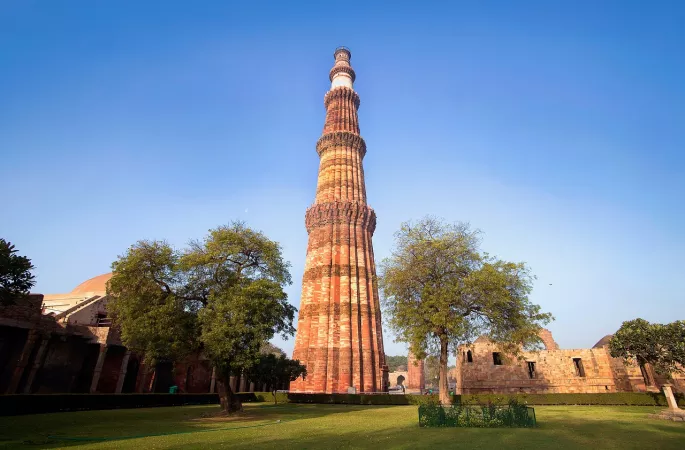 View Gallery - 21
View Gallery - 21 Places to visit in Delhi

Agrasen Ki Baoli

Chandni Chowk

Connaught Place

Gurudwara Bangla Sahib

Hauz Khas Village

Hazrat Nizamuddin Nizamuddins Shrine

Humayuns Tomb

India Gate

Iskcon Hare Krishna Temple

Jama Masjid

Jantar Mantar

Khan Market

Lodhi Garden

Lotus Temple

Mehrauli Archaeological Park

National Zoological Park

Pragati Maidan

Qutub Minar And Complex

Rajghat

Rajpath

Rashtrapati Bhavan

Red Fort

Swaminarayan Akshardham Temple

Teen Murti Bhavan Nehru House And Nehru Planetarium
6 days & 5 nights
4.4 (436)
SPLENDID SINGAPORE Package 5 Nights & 6 Days
New Delhi
Tour package by I Need Trip
Verified
INR 57,778 SAVE INR 5,778
INR 52,000 /Adult
8 days & 7 nights
4.9 (215)
Kashmir Tour Package 07 Nights 08 Days
2D Gujarat • 2D Mumbai • 4D New Delhi
Tour package by Tourwithme
Verified
INR 38,665 SAVE INR 9,666
INR 28,999 /Adult
5 days & 4 nights
4.7 (244)
manali group tour Package
New Delhi
Tour package by TRAVEON HOLIDAYS
Verified
INR 5,554 SAVE INR 555
INR 4,999 /Adult
6 days & 5 nights
4.8 (124)
Corbett Nainital Tour - 5 Nights & 6 Days Package
Delhi
Tour package by Venture Destinations
Verified
INR 27,777 SAVE INR 2,778
INR 24,999 /Adult
3 days & 2 nights
4.3 (393)
Dilli Haat Tour 2 Nights / 3 Days
Delhi
Tour package by TripClap
Verified Trustseal
INR 10,588 SAVE INR 1,588
INR 9,000 /Adult
10 days & 9 nights
4.4 (74)
Shimla Kullu Manali Dharamshala Dalhousie Katra Vaishno Devi Amritsar Chandigarh Tour Package 13 Days
2D Bangalore • 2D Delhi • 2D Manali • 2D New Delhi • 2D Shimla
Tour package by Travel-yatra.com (A unit of Flying bird travel pvt. ltd.)
Verified Trustseal Top Partner
INR 16,000 SAVE INR 4,000
INR 12,000 /Adult
4 days & 3 nights
4.4 (74)
Royal Package of Ranthambore jaipur 3 Nights 4 Days EX Delhi for 4 PAX.
1D Delhi • 1D Jaipur • 2D Ranthambore
Tour package by Travel-yatra.com (A unit of Flying bird travel pvt. ltd.)
Verified Trustseal Top Partner
INR 12,667 SAVE INR 3,167
INR 9,500 /Adult
9 days & 8 nights
Bhutan Package
Delhi
Tour package by Tour circle.in
Verified
INR 55,101 SAVE INR 13,775
INR 41,326 /Adult
7 days & 6 nights
5 (24)
6N 7D Tour Package All Inclusive Vietnam(Hanoi & Danang) with Flight From delhi- 2 Adults
Delhi
Tour package by SMILE2MILES
Verified
INR 198,571 SAVE INR 59,571
INR 1,39,000 /Adult
5 days & 4 nights
4.9 (215)
Auli Tour Package
1D Gujarat • 1D Mumbai • 3D New Delhi
Tour package by Tourwithme
Verified
INR 21,667 SAVE INR 2,167
INR 19,500 /Adult
4. Agra Fort
The name of Agra fort comes at the top when we list the must visit historical places in india. The Agra Fort is a UNESCO World Heritage Site located in Agra, Uttar Pradesh, India. It is about 2.5 km northwest of the Taj Mahal. The fort can be more accurately described as a walled city.
It was originally built by the Mughal emperor Akbar in 1565, and was later enlarged by his grandson Shah Jahan. The fort is a large complex of buildings and is divided into the Inner and Outer forts. The Inner Fort is the more elaborate and better preserved of the two.
The Agra Fort was the original residence of the Mughal emperors and their families. It was from here that they ruled the Mughal Empire. The fort was the scene of many important historical events, such as the proclamation of the Mughal Empire by Akbar in 1556 and the arrest and imprisonment of Shah Jahan by his son Aurangzeb in 1658.
The fort is now a popular tourist destination. It is open from sunrise to sunset and tickets can be purchased at the entrance. There is a sound and light show held in the evening.
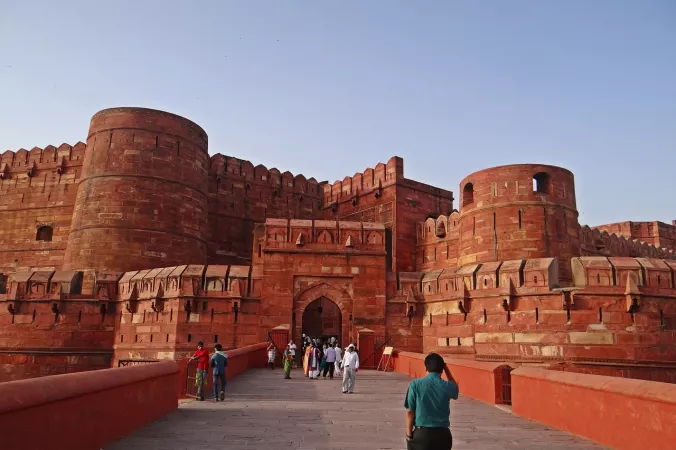 View Gallery - 21
View Gallery - 21 Places to visit in Agra
4 days & 3 nights
4.7 (77)
Maharajas Luxury Trip
Agra
Tour package by Amaze India Trip
Verified
INR 155,556 SAVE INR 15,556
INR 1,40,000 /Adult
4 days & 3 nights
4.3 (393)
3N/4D Agra Tour Package from Kanpur
Agra
Tour package by TripClap
Verified Trustseal
INR 22,819 SAVE INR 6,846
INR 15,973 /Adult
3 days & 2 nights
4.3 (393)
Wonderful Taj Mahal Tour
Agra
Tour package by TripClap
Verified Trustseal
INR 9,444 SAVE INR 944
INR 8,500 /Adult
6 days & 5 nights
4.8 (314)
delhi-agra-fatehpur sikri-mathura-vrindavan tour itinerary
1D Agra • 1D Delhi • 1D Mathura • 3D Vrindavan
Tour package by Raisoone Travels and Holidays Pvt Ltd
Verified
INR 13,999 /Adult
6 days & 5 nights
4.6 (57)
Itinerary for Delhi, Agra, Mathura, Vrindavan, and Haridwar Tour
1D Agra • 1D Delhi • 1D Haridwar • 1D Mathura • 2D Vrindavan
Tour package by javeo-traveller private limited
Verified
INR 20,000 /Adult
6 days & 5 nights
4.1 (37)
Itinerary for Delhi, Agra, Mathura, Vrindavan, and Haridwar Tour
1D Agra • 1D Delhi • 1D Haridwar • 1D Mathura • 2D Vrindavan
Tour package by YATRACO
Verified
INR 25,587 /Adult
3 days & 2 nights
4.1 (37)
3 days itinerary for Agra, Mathura,Vrindavan
1D Agra • 1D Mathura • 1D Vrindavan
Tour package by YATRACO
Verified
INR 16,000 SAVE INR 4,000
INR 12,000 /Adult
6 days & 5 nights
5 (31)
Itinerary for Delhi, Agra, Mathura, Vrindavan, and Haridwar Tour
1D Agra • 1D Delhi • 1D Haridwar • 1D Mathura • 2D Vrindavan
Tour package by Traowl India
Verified
INR 10,587 SAVE INR 1,588
INR 8,999 /Adult
4 days & 3 nights
Jaipur with Agra – A Royal Journey Through Heritage & History
2D Agra • 2D Jaipur
Tour package by Asiago Travels
Verified
INR 37,333 SAVE INR 9,333
INR 28,000 /Adult
7 days & 6 nights
4.2 (1402)
Golden Triangle : Delhi-Agra-Jaipur
1D Agra • 1D Delhi • 1D Golden Triangle • 4D Jaipur
Tour package by Nitsa Holidays
Verified Trustseal
USD 528 SAVE USD 53
USD 475 /Adult
5. Jama Masjid
The Jama Masjid (Friday Mosque), also known as the Great Mosque of Delhi, is one of the largest mosques in India. It was built by the Mughal Emperor Shah Jahan between 1644 and 1656. The mosque has three gateways, four towers and two minarets. The courtyard can accommodate 25,000 worshippers. The mosque is also the burial place of Mughal Emperor Humayun.
The Jama Masjid was built on the ruins of the earlier Hindu temple, which was destroyed by the Mughal Emperor Babur in 1526. The mosque was commissioned by Shah Jahan to commemorate his victory over the Hindu King, Raja Mansingh of Amber. The mosque was built with red sandstone and white marble. The main entrance is through the east gateway, which is flanked by two huge octagonal towers. The mosque has a rectangular plan with a large courtyard. The courtyard is divided into three parts by two rows of cloisters. The central part is the largest and is reserved for men. The eastern and western parts are reserved for women.
The mosque has a three-tiered roof with a central dome. The minarets are 225 feet high and are decorated with intricate carvings.
The Jama Masjid is one of the most popular tourist attractions in Delhi. It is visited by more than 25,000 people every day.
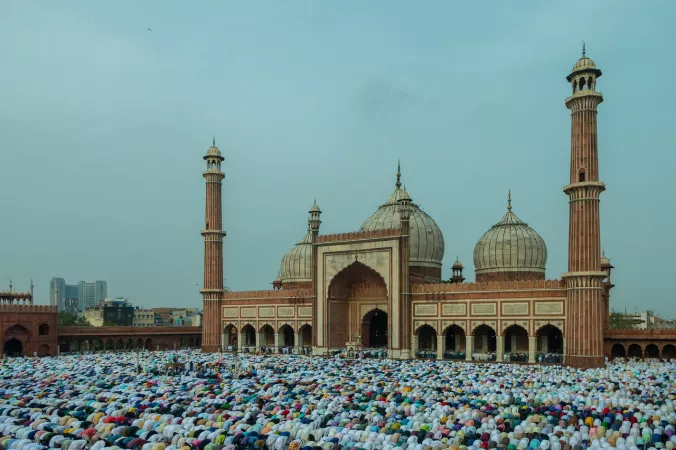 View Gallery - 21
View Gallery - 21 Places to visit in Delhi

Agrasen Ki Baoli

Chandni Chowk

Connaught Place

Gurudwara Bangla Sahib

Hauz Khas Village

Hazrat Nizamuddin Nizamuddins Shrine

Humayuns Tomb

India Gate

Iskcon Hare Krishna Temple

Jama Masjid

Jantar Mantar

Khan Market

Lodhi Garden

Lotus Temple

Mehrauli Archaeological Park

National Zoological Park

Pragati Maidan

Qutub Minar And Complex

Rajghat

Rajpath

Rashtrapati Bhavan

Red Fort

Swaminarayan Akshardham Temple

Teen Murti Bhavan Nehru House And Nehru Planetarium
6 days & 5 nights
4.4 (436)
SPLENDID SINGAPORE Package 5 Nights & 6 Days
New Delhi
Tour package by I Need Trip
Verified
INR 65,000 SAVE INR 13,000
INR 52,000 /Adult
8 days & 7 nights
4.9 (215)
Kashmir Tour Package 07 Nights 08 Days
2D Gujarat • 2D Mumbai • 4D New Delhi
Tour package by Tourwithme
Verified
INR 34,116 SAVE INR 5,117
INR 28,999 /Adult
5 days & 4 nights
4.7 (244)
manali group tour Package
New Delhi
Tour package by TRAVEON HOLIDAYS
Verified
INR 7,141 SAVE INR 2,142
INR 4,999 /Adult
6 days & 5 nights
4.8 (124)
Corbett Nainital Tour - 5 Nights & 6 Days Package
Delhi
Tour package by Venture Destinations
Verified
INR 35,713 SAVE INR 10,714
INR 24,999 /Adult
3 days & 2 nights
4.3 (393)
Dilli Haat Tour 2 Nights / 3 Days
Delhi
Tour package by TripClap
Verified Trustseal
INR 11,250 SAVE INR 2,250
INR 9,000 /Adult
10 days & 9 nights
4.4 (74)
Shimla Kullu Manali Dharamshala Dalhousie Katra Vaishno Devi Amritsar Chandigarh Tour Package 13 Days
2D Bangalore • 2D Delhi • 2D Manali • 2D New Delhi • 2D Shimla
Tour package by Travel-yatra.com (A unit of Flying bird travel pvt. ltd.)
Verified Trustseal Top Partner
INR 14,118 SAVE INR 2,118
INR 12,000 /Adult
4 days & 3 nights
4.4 (74)
Royal Package of Ranthambore jaipur 3 Nights 4 Days EX Delhi for 4 PAX.
1D Delhi • 1D Jaipur • 2D Ranthambore
Tour package by Travel-yatra.com (A unit of Flying bird travel pvt. ltd.)
Verified Trustseal Top Partner
INR 12,667 SAVE INR 3,167
INR 9,500 /Adult
7 days & 6 nights
5 (24)
6N 7D Tour Package All Inclusive Vietnam(Hanoi & Danang) with Flight From delhi- 2 Adults
Delhi
Tour package by SMILE2MILES
Verified
INR 198,571 SAVE INR 59,571
INR 1,39,000 /Adult
5 days & 4 nights
4.9 (215)
Auli Tour Package
1D Gujarat • 1D Mumbai • 3D New Delhi
Tour package by Tourwithme
Verified
INR 21,667 SAVE INR 2,167
INR 19,500 /Adult
6. Humayun’s Tomb
Humayun’s Tomb is the tomb of the Mughal Emperor Humayun in Delhi, India. It was commissioned by Humayun’s wife Hamida Banu Begum in 1569, and designed by Mirak Mirza Ghiyath, a Persian architect. The tomb was the first garden-tomb on the Indian subcontinent, and is located in Nizamuddin East, Delhi.
It was declared a UNESCO World Heritage Site in 1993, and is considered one of the most significant examples of Mughal architecture in India. The tomb was the first to be built on the Indian subcontinent in the Mughal style, and is considered an early example of the Mughal style of architecture.
The tomb complex is entered through a large gateway. The complex is laid out on a square platform, with a large central charbagh or garden. The tomb itself is located in the centre of the charbagh, and is surrounded by an arcade of cloisters. The tombs of Humayun’s wife and father are located on the eastern and western sides of the charbagh, respectively.
The tomb is built of red sandstone, with a dome and four minarets. The interior is decorated with carved marble and stucco. The tombs of Humayun’s wife and father are also decorated with carved marble and stucco.
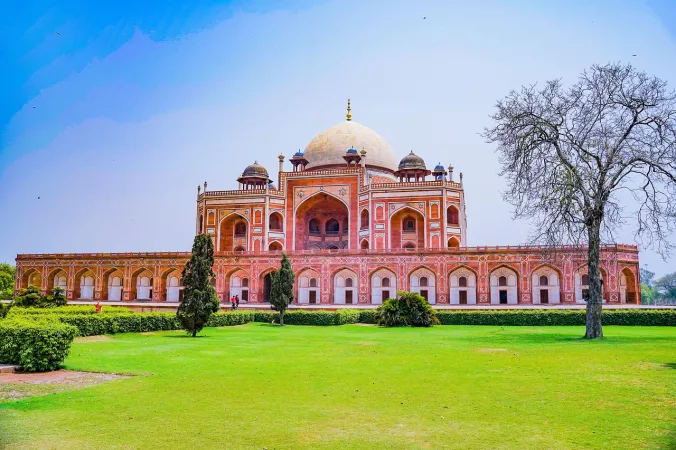 View Gallery - 21
View Gallery - 21 Places to visit in Delhi

Agrasen Ki Baoli

Chandni Chowk

Connaught Place

Gurudwara Bangla Sahib

Hauz Khas Village

Hazrat Nizamuddin Nizamuddins Shrine

Humayuns Tomb

India Gate

Iskcon Hare Krishna Temple

Jama Masjid

Jantar Mantar

Khan Market

Lodhi Garden

Lotus Temple

Mehrauli Archaeological Park

National Zoological Park

Pragati Maidan

Qutub Minar And Complex

Rajghat

Rajpath

Rashtrapati Bhavan

Red Fort

Swaminarayan Akshardham Temple

Teen Murti Bhavan Nehru House And Nehru Planetarium
6 days & 5 nights
4.4 (436)
SPLENDID SINGAPORE Package 5 Nights & 6 Days
New Delhi
Tour package by I Need Trip
Verified
INR 69,333 SAVE INR 17,333
INR 52,000 /Adult
8 days & 7 nights
4.9 (215)
Kashmir Tour Package 07 Nights 08 Days
2D Gujarat • 2D Mumbai • 4D New Delhi
Tour package by Tourwithme
Verified
INR 38,665 SAVE INR 9,666
INR 28,999 /Adult
5 days & 4 nights
4.7 (244)
manali group tour Package
New Delhi
Tour package by TRAVEON HOLIDAYS
Verified
INR 4,999 /Adult
6 days & 5 nights
4.8 (124)
Corbett Nainital Tour - 5 Nights & 6 Days Package
Delhi
Tour package by Venture Destinations
Verified
INR 29,411 SAVE INR 4,412
INR 24,999 /Adult
3 days & 2 nights
4.3 (393)
Dilli Haat Tour 2 Nights / 3 Days
Delhi
Tour package by TripClap
Verified Trustseal
INR 11,250 SAVE INR 2,250
INR 9,000 /Adult
10 days & 9 nights
4.4 (74)
Shimla Kullu Manali Dharamshala Dalhousie Katra Vaishno Devi Amritsar Chandigarh Tour Package 13 Days
2D Bangalore • 2D Delhi • 2D Manali • 2D New Delhi • 2D Shimla
Tour package by Travel-yatra.com (A unit of Flying bird travel pvt. ltd.)
Verified Trustseal Top Partner
INR 12,000 /Adult
4 days & 3 nights
4.4 (74)
Royal Package of Ranthambore jaipur 3 Nights 4 Days EX Delhi for 4 PAX.
1D Delhi • 1D Jaipur • 2D Ranthambore
Tour package by Travel-yatra.com (A unit of Flying bird travel pvt. ltd.)
Verified Trustseal Top Partner
INR 11,875 SAVE INR 2,375
INR 9,500 /Adult
9 days & 8 nights
Bhutan Package
Delhi
Tour package by Tour circle.in
Verified
INR 48,619 SAVE INR 7,293
INR 41,326 /Adult
7 days & 6 nights
5 (24)
6N 7D Tour Package All Inclusive Vietnam(Hanoi & Danang) with Flight From delhi- 2 Adults
Delhi
Tour package by SMILE2MILES
Verified
INR 198,571 SAVE INR 59,571
INR 1,39,000 /Adult
5 days & 4 nights
4.9 (215)
Auli Tour Package
1D Gujarat • 1D Mumbai • 3D New Delhi
Tour package by Tourwithme
Verified
INR 24,375 SAVE INR 4,875
INR 19,500 /Adult
7. Amber Fort Jaipur
Amber Fort is a beautiful fort situated in Jaipur, Rajasthan, India. It was built by Maharaja Man Singh I in the 16th century. The fort is made of red sandstone and marble. It is a UNESCO World Heritage Site.
The fort is in the shape of a truncated pyramid. It has a three-storey palace complex, with two wings and a central courtyard. The fort is surrounded by a high wall with turrets. The entrance is through a large gate, called the Suraj Pol, which is decorated with elephants and horses.
The fort is famous for its intricate carvings and for its mirror work. The walls and ceilings are decorated with paintings and carvings. The fort also has a museum, which contains artefacts from the Rajput period.
Amber Fort is a beautiful fort and a popular tourist attraction. It is well worth a visit for its architecture and carvings. it is a treat to the eyes indeed.
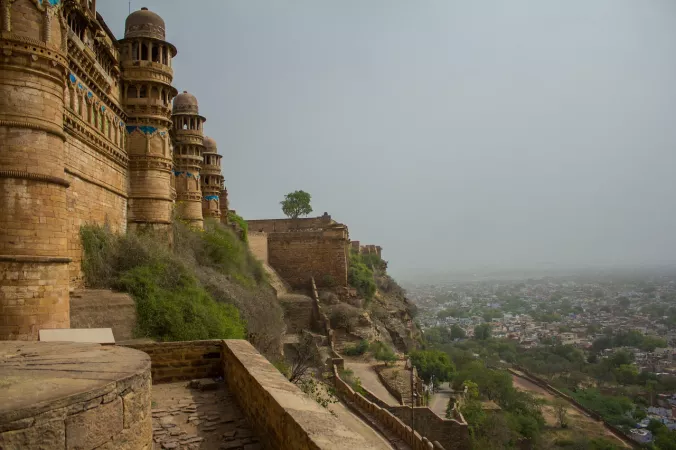 View Gallery - 21
View Gallery - 21 Places to visit in Jaipur
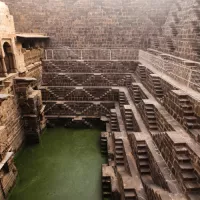
Abhaneri Step Well
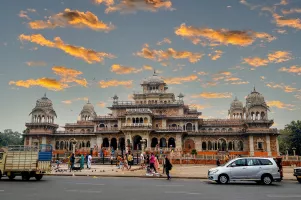
Albert Hall Museum
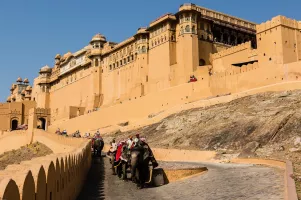
Amber Fort
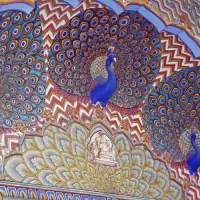
Anokhi Museum Of Handpainting

Birla Temple

Chand Pol

City Palace
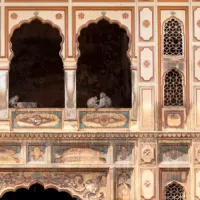
Galtaji Temple
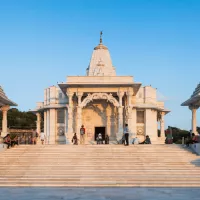
Govind Ji Temple
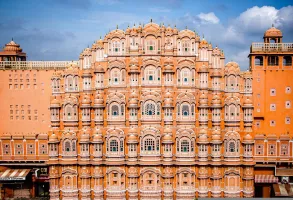
Hawa Mahal
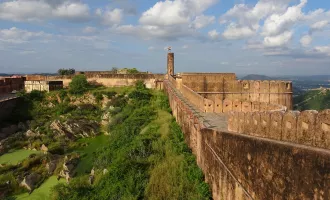
Jaigarh Fort
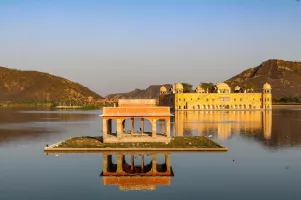
Jal Mahal

Jantar Mantar
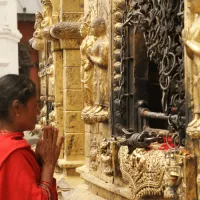
Moti Dungri Temple
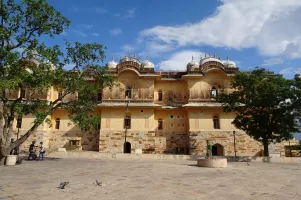
Nahargarh Fort

Pink City

Ram Nivas Garden
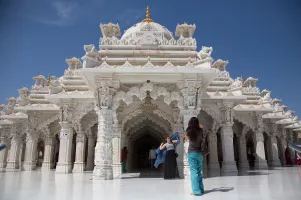
Swaminarayan Temple

Chokhi Dhani

Pink Pearl Water Park
3 days & 2 nights
4.9 (68)
Jaipur Rajasthan Soulmate Special Honeymoon Package
Jaipur
Tour package by Travel Humsafar
Verified
INR 8,118 SAVE INR 1,218
INR 6,900 /Adult
3 days & 2 nights
4.4 (74)
Jaipur Tours 3 Days | Jaipur Tour Package for 2 PAX.
Jaipur
Tour package by Travel-yatra.com (A unit of Flying bird travel pvt. ltd.)
Verified Trustseal Top Partner
INR 10,000 SAVE INR 1,000
INR 9,000 /Adult
5 days & 4 nights
4.9 (362)
Rajasthan Romantic Travel Package - 4 Nights & 5 Days
1D Jaipur • 1D Rajasthan • 3D Udaipur
Tour package by Tripoclan Travel Private Limited
Verified Trustseal Top Partner
INR 16,611 SAVE INR 1,661
INR 14,950 /Adult
2 days & 1 nights
4.7 (138)
Short Weekend to Jaipur - 1N Flight Inclusive Deal
1D Jaipur • 1D Rajasthan
Tour package by holidaysenterprises
Verified
INR 9,667 SAVE INR 967
INR 8,700 /Adult
4 days & 3 nights
4.4 (74)
Royal Package of Ranthambore jaipur 3 Nights 4 Days EX Delhi for 4 PAX.
1D Delhi • 1D Jaipur • 2D Ranthambore
Tour package by Travel-yatra.com (A unit of Flying bird travel pvt. ltd.)
Verified Trustseal Top Partner
INR 11,176 SAVE INR 1,676
INR 9,500 /Adult
3 days & 2 nights
4.3 (393)
Tour with Tiger
Jaipur
Tour package by TripClap
Verified Trustseal
INR 22,222 SAVE INR 2,222
INR 20,000 /Adult
3 days & 2 nights
4.9 (36)
Jaipur Tour Package – 2 Nights / 3 Days Trip Details
Jaipur
Tour package by love yatra
Verified
INR 18,000 SAVE INR 4,500
INR 13,500 /Adult
4 days & 3 nights
“Wild & Royal Rajasthan” – Where the roar of the jungle meets the pride of the Rajputs. (Group Tour)
2D Jaipur • 2D Ranthambore
Tour package by Asiago Travels
Verified
INR 11,500 /Adult
6 days & 5 nights
4.6 (11)
Rajasthan Tour Package
Jaipur
Tour package by Glitz Holidays Pvt. Ltd.
Verified
INR 75,200 SAVE INR 18,800
INR 56,400 /Adult
3 days & 2 nights
5 (107)
Jaipur-The Pink City
Jaipur
Tour package by CAELUM HOLIDAYS
Verified
INR 17,143 SAVE INR 5,143
INR 12,000 /Adult
8. Gate way of India
The Gateway of India is a monument in Mumbai, Maharashtra, India, built to commemorate the visit of King George V and Queen Mary to India in 1911. It is located on the waterfront of the Arabian Sea in South Mumbai, adjacent to the Taj Mahal Palace hotel.
The Gateway of India was designed by George Wittet, and is constructed of yellow basalt and white marble. The archway is 26 metres (85 ft) high, 26 metres (85 ft) wide and has a total length of 45 metres (148 ft). The central dome is 15 metres (49 ft) in diameter. The Gateway of India was built to commemorate the visit of King George V and Queen Mary to India in 1911, and cost 15 million rupees.
The Gateway of India was the first structure in Mumbai to be lit by electricity. The arch was used as a ceremonial entrance for the British Raj in India. In the years following Indian independence, the Gateway of India became a symbol of Indian independence.
The Gateway of India is a popular tourist attraction in Mumbai. It is often visited by locals and tourists alike, who enjoy taking pictures at the monument. The Gateway of India is also a popular place to watch the sunset.
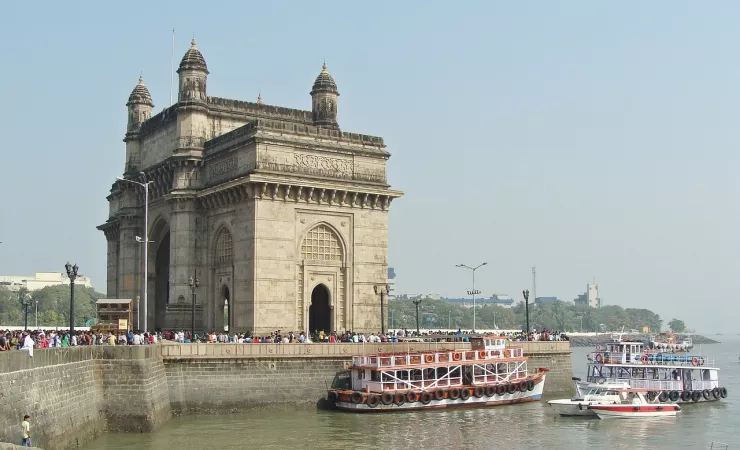 View Gallery - 21
View Gallery - 21 Places to visit in Mumbai
Bandra Worli Sea Link
Colaba Causeway
Elephanta Caves
Essel World Water Kingdom
Fashion Street
Film City
Gateway Of India
Girgaum Chowpatty
Global Pagoda
Haji Ali Dargah
Hanging Gardens
Hill Road And Linkin Road Bandra
Jehangir Art Gallery
Juhu Beach
Kamla Nehru Park
Kanheri Caves
Lokhandwala Market
Mahakali Caves
Mahalaxmi Temple
Marine Drive
Mumbai Zoo
National Gallery Of Modern Art
Prince Of Wales Museum
Sanjay Gandhi National Park
Siddhivinayak Temple
Victoria Terminus

Tikuji ni Wadi

Snow World Mumbai

Crawford Market

Bandra Bandstand

Tryst Club Mumbai
3 days & 2 nights
4.3 (393)
Discovering Mumbai 2 Nights / 3 Days
Mumbai
Tour package by TripClap
Verified Trustseal
INR 18,500 /Adult
3 days & 2 nights
4.3 (393)
Mumbai Trip
Mumbai
Tour package by TripClap
Verified Trustseal
INR 10,000 SAVE INR 1,500
INR 8,500 /Adult
6 days & 5 nights
4.9 (215)
Kashmir Tour Package from Srinagar 05 nights 06 days
2D Delhi • 2D Gujarat • 2D Mumbai
Tour package by Tourwithme
Verified
INR 32,000 SAVE INR 8,000
INR 24,000 /Adult
6 days & 5 nights
Thailand Diwali Package
Mumbai
Tour package by Tour circle.in
Verified
INR 72,941 SAVE INR 10,941
INR 62,000 /Adult
8 days & 7 nights
4.9 (215)
Kashmir Tour Package 07 Nights 08 Days
2D Gujarat • 2D Mumbai • 4D New Delhi
Tour package by Tourwithme
Verified
INR 36,249 SAVE INR 7,250
INR 28,999 /Adult
4 days & 3 nights
5 (31)
Luxurious Maldives Tour Package from Mumbai
2D Maldives • 2D Mumbai
Tour package by Traowl India
Verified
INR 49,960 SAVE INR 7,494
INR 42,466 /Adult
4 days & 3 nights
4.3 (393)
Short Break to Mumbai 3N
2D Aurangabad • 2D Mumbai
Tour package by TripClap
Verified Trustseal
INR 19,029 SAVE INR 1,903
INR 17,126 /Adult
6 days & 5 nights
Thailand Package
3D Delhi • 3D Mumbai
Tour package by Tour circle.in
Verified
INR 39,225 SAVE INR 7,845
INR 31,380 /Adult
5 days & 4 nights
4.9 (215)
Auli Tour Package
1D Gujarat • 1D Mumbai • 3D New Delhi
Tour package by Tourwithme
Verified
INR 19,500 /Adult
4 days & 3 nights
4.9 (215)
EK DHAM PACKAGE FROM HARIDWAR
1D Gujarat • 1D Mumbai • 2D New Delhi
Tour package by Tourwithme
Verified
INR 10,625 SAVE INR 2,125
INR 8,500 /Adult
9 Ajanta Ellora Caves
Ajanta and Ellora caves are two world heritage sites in India. The Ajanta caves are 30 rock-cut cave monuments which date from the 2nd century BCE to about 480 CE. The caves include paintings and sculpture, and are located in the Aurangabad district of Maharashtra. The Ellora caves are located about 24 km (15 mi) northwest of the city of Aurangabad, and are a network of 34 caves carved out of the vertical face of the Charanandri hills. The caves date from the 6th century CE to the 10th century CE.
The Ajanta caves were first discovered in 1819 by a British officer, John Smith. Smith was on a hunting expedition when he came across the entrance to the caves. The caves were in a state of neglect, and many of the paintings and sculptures were damaged or destroyed. In 1873, a group of European artists and archaeologists, led by Walter Graham, excavated the caves and restored the paintings and sculptures.
The Ellora caves were discovered in 1829 by a British officer, John Malcolm. Malcolm was on a military expedition when he came across the entrance to the caves.
The Ajanta and Ellora caves are important tourist destinations in India. They are UNESCO World Heritage Site and a UNESCO Creative City.
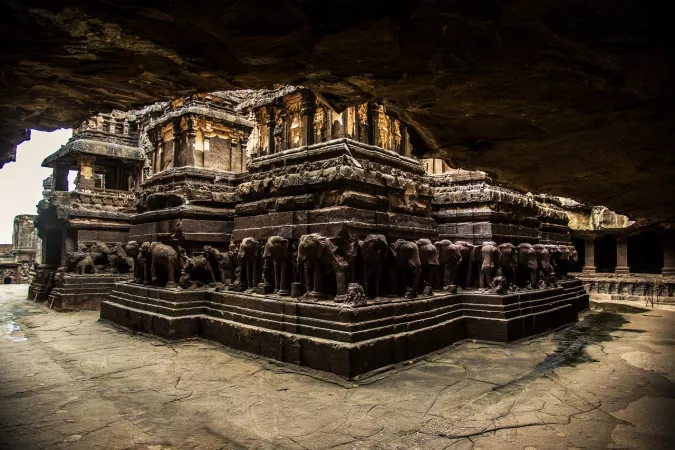 View Gallery - 21
View Gallery - 21 2 days & 1 nights
4.3 (393)
Short Trip Ajanta - Ellora Caves
Ajanta & Ellora Caves
Tour package by TripClap
Verified Trustseal
INR 6,500 /Adult
3 days & 2 nights
4.3 (393)
Family Trip for Shirdi Darshan & Ellora Caves Visit
Ajanta & Ellora Caves
Tour package by TripClap
Verified Trustseal
INR 14,286 SAVE INR 4,286
INR 10,000 /Adult
10. Victoria Memorial
Victoria Memorial, a white marble building, is located in Kolkata, West Bengal, India. It was built between 1906 and 1921 in the memory of Queen Victoria. The architect was William Emerson. The Victoria Memorial is 106 metres (348 ft) long and 70 metres (230 ft) wide and rises to a height of 46 metres (151 ft). It has a white marble exterior and a granite base. The memorial contains the Museum of Art, the Museum of Archeology, the Museum of History, and the Victoria Memorial Hall.
The Victoria Memorial is a popular tourist attraction. The Victoria Memorial was opened to the public on January 1, 1922.
More than two million people visit this historical site of India each year.
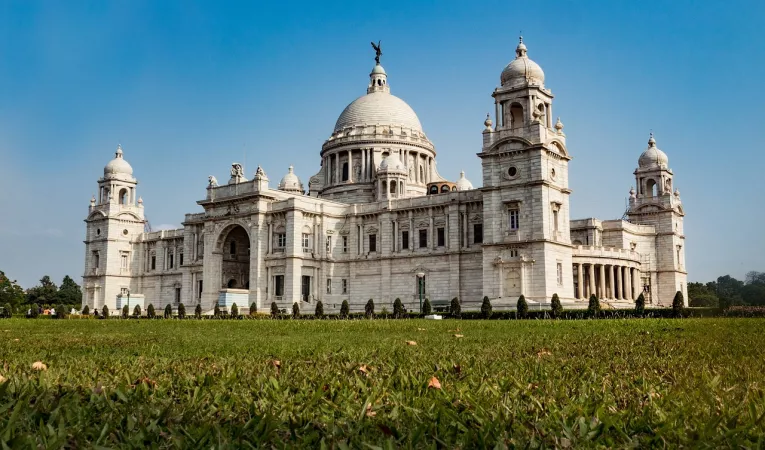 View Gallery - 21
View Gallery - 21 Places to visit in Kolkata

Belur Math
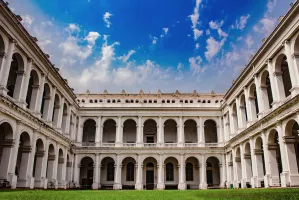
Birla Industrial And Technological Museum

Birla Mandir

Birla Planetarium

Botanical Gardens

Eden Gardens

Fort William

Howrah Bridge
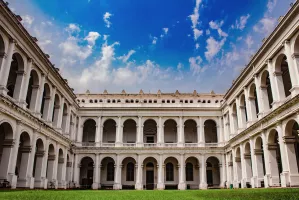
Indian Museum

Jorasanko Thakur Bari

Kali Mata Temple

Marble Palace Mansion

Nakhoda Mosque

Rabindra Sarovar

Sabarna Sangrahashala

Science City

Shobhabajar Rajbari

St Pauls Cathedral

Victoria Memorial
Princep Ghat
3 days & 2 nights
5 (3)
Kolkata City Tour With GangaSagar 2 Nights 3 Dys
Kolkata
Tour package by Deccan Holidays
Verified
INR 12,778 SAVE INR 1,278
INR 11,500 /Adult
9 days & 8 nights
4.9 (82)
HH-48445
Kolkata
Tour package by HikingHolidays
Verified
INR 395,529 SAVE INR 59,329
INR 3,36,200 /Adult
3 days & 2 nights
Coastal Resort Town Dhiga - From Kolkata 2N/3D Flexi Package 2N Digha
1D Digha • 2D Kolkata
Tour package by ING TEAMS of INDIA
Verified
INR 14,705 SAVE INR 2,206
INR 12,499 /Adult
7 days & 6 nights
Puri Gangasagar Mayapur Tour 6N/7D
3D Kolkata • 4D Puri
Tour package by MMK Tourism LLP
Verified
INR 12,353 SAVE INR 1,853
INR 10,500 /Adult
5 days & 4 nights
Trip to Odisha & Kolkata
2D Kolkata • 3D Odisha
Tour package by ING TEAMS of INDIA
Verified
INR 26,665 SAVE INR 6,666
INR 19,999 /Adult
3 days & 2 nights
SUNDARBAN-THE ONLY MANGROVE FOREST
Kolkata
Tour package by MMK Tourism LLP
Verified
INR 5,990 /Adult
3 days & 2 nights
4.6 (37)
PURBA HOLIDAYS PRESENTS KOLKATAR BONEDI BARIR PUJO PARIKRMA 28 SEPTEMBER 2025
Kolkata
Tour package by Purba Holidays
Verified Trustseal
INR 5,333 SAVE INR 1,333
INR 4,000 /Adult
5 days & 4 nights
Unforgettable Trip To Kolkata - Premium Package 4N/5D
Kolkata
Tour package by FlyRath
Verified
INR 52,284 SAVE INR 15,685
INR 36,599 /Adult
6 days & 5 nights
5 (3)
Odisha with Kolkata Tour Package 05N 06D
1D Bhubaneswar • 1D Kolkata • 1D Konark • 3D Puri
Tour package by Deccan Holidays
Verified
INR 30,714 SAVE INR 9,214
INR 21,500 /Adult
1 days & 0 nights
Amazing Vietnam
0D Ahmedabad • 0D Bhubaneswar • 0D Delhi • 0D Guwahati • 0D Hariana • 0D Indore • 0D Jaipur • 0D Kolkata • 0D Mumbai • 0D Nagpur • 0D Navi Mumbai • 0D New Delhi • 0D Pune • 0D Punjab • 0D Surat • 1D West Bengal
Tour package by Usashi tourism
Verified
INR 52,499 SAVE INR 10,500
INR 41,999 /Adult
11. Rajarajeshwara Temple
The Rajarajeshwara Temple is a Hindu temple located in the city of Taliparamba in the Kannur district of Kerala, India. The temple is dedicated to the deity Shiva and is one of the most prominent temples in Kerala. The temple is believed to have been built by the king of the Chola dynasty in the 10th century. The temple is a UNESCO World Heritage Site.
The Rajarajeshwara Temple is a large temple complex that is spread over an area of 50 acres. The temple has a number of shrines, including a shrine dedicated to the goddess Parvati, as well as a number of halls. The temple is famed for its architecture, which is a mix of the Dravidian and the Kerala styles of architecture. The temple is also famed for its bronze sculptures, which are said to be some of the best in India.
The Rajarajeshwara Temple is one of the most popular pilgrimage destinations in Kerala, and is visited by thousands of pilgrims every year. The temple is particularly popular during the festival of Shivaratri, when the temple is crowded with pilgrims.
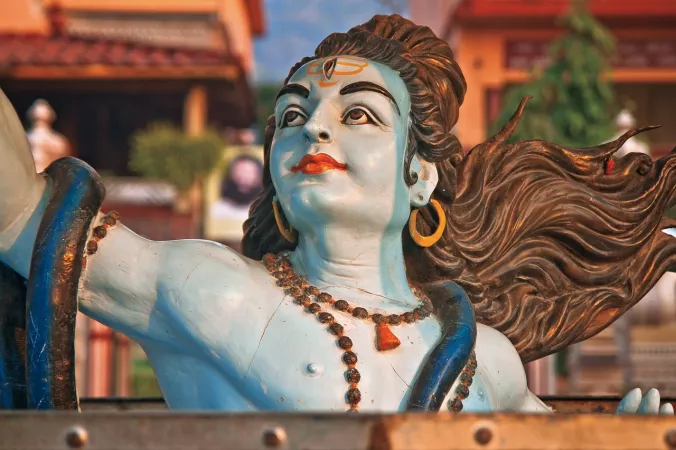 View Gallery - 21
View Gallery - 21 Places to visit in Kerala

Alleppey

Bekal

Kochi

Kumarakom

Munnar

Ponmudi

Poovar

Thekkady
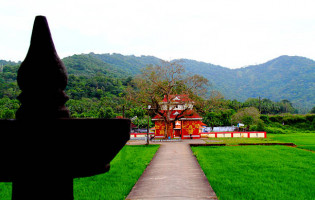
Thrissur

Vagamon

Varkala

Wayanad

Fort Kochi

Kovalam

Mararikulam

Athirappally
Malakkappara
5 days & 4 nights
4.6 (37)
Kerala with Wayanad
Kerala
Tour package by Purba Holidays
Verified Trustseal
INR 31,143 SAVE INR 9,343
INR 21,800 /Adult
5 days & 4 nights
4.1 (128)
Marvelous Kerala - 4N/5D
Kerala
Tour package by Travel Unbounded World Pvt Ltd
Verified
INR 16,000 /Adult
4 days & 3 nights
4.9 (49)
Beautiful Kerala Tour 3N 4D
Kerala
Tour package by The Travel Guide
Verified
INR 12,500 SAVE INR 2,500
INR 10,000 /Adult
6 days & 5 nights
4.7 (489)
ESSENTIAL KERALA TRIP
Kerala
Tour package by DiscoverMyTravel
Verified Trustseal Tour Expert
INR 13,889 SAVE INR 1,389
INR 12,500 /Adult
3 days & 2 nights
4.7 (489)
BACK WATER EXPERIENCE
Kumarakom
Tour package by DiscoverMyTravel
Verified Trustseal Tour Expert
INR 11,111 SAVE INR 1,111
INR 10,000 /Adult
10 days & 9 nights
4.7 (489)
Romantic MOUNTAINS & WATER FALLS
Kerala
Tour package by DiscoverMyTravel
Verified Trustseal Tour Expert
INR 36,571 SAVE INR 10,971
INR 25,600 /Adult
5 days & 4 nights
4.9 (49)
Gods Own Country Kerala
Kerala
Tour package by The Travel Guide
Verified
INR 9,500 /Adult
4 days & 3 nights
4.9 (49)
Beautiful Kerala Tour 3N 4D
Kerala
Tour package by The Travel Guide
Verified
INR 14,286 SAVE INR 4,286
INR 10,000 /Adult
4 days & 3 nights
4.8 (314)
Premium Munnar Tour Package
Munnar
Tour package by Raisoone Travels and Holidays Pvt Ltd
Verified
INR 18,824 SAVE INR 2,824
INR 16,000 /Adult
7 days & 6 nights
4.7 (23)
Kerala 6N/7D Basic Package
Kerala
Tour package by Voyagevista Travels
Verified Trustseal
INR 21,167 SAVE INR 2,117
INR 19,050 /Adult
12. Charminar
The Charminar is a historical monument located in Hyderabad, Telangana, India. It was built in 1591 by Muhammad Quli Qutb Shah, the fifth ruler of the Qutb Shahi dynasty. The Charminar is a square monument with four minarets. Each minaret is 55 metres (180 ft) high and has a spiral staircase. The minarets were built to allow the Qutb Shahi dynasty to call the faithful to prayer.
The Charminar is a popular tourist attraction and has been featured in several movies. It is also a symbol of Hyderabad. The Charminar was built to commemorate the founding of Hyderabad. The city was founded in 1591 when Muhammad Quli Qutb Shah, the fifth ruler of the Qutb Shahi dynasty, moved his capital from Golconda to Hyderabad. The Charminar was built as a gateway to the city.
It was originally built with mud mortar, but the bricks were replaced with granite in the early 19th century.
One's visit to Hyderabad remains incomplete without the visit of Charminar.
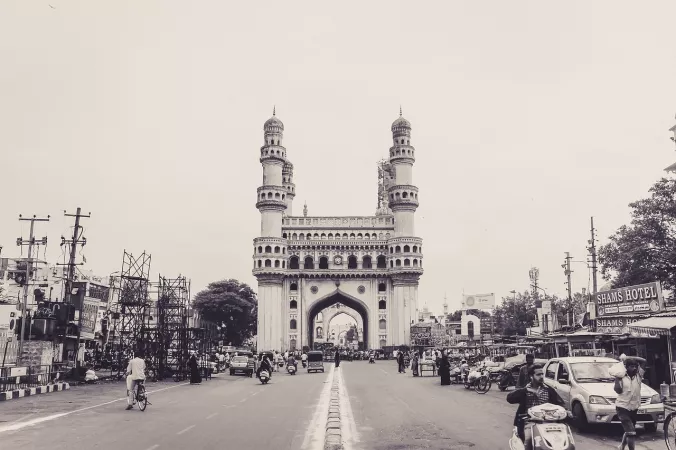 View Gallery - 21
View Gallery - 21 Places to visit in Hyderabad

10 Downing Street
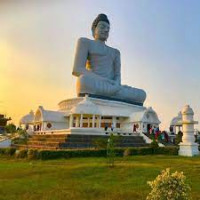
Amaravathi

Ap State Archaeology Museum

Begum Bazaar
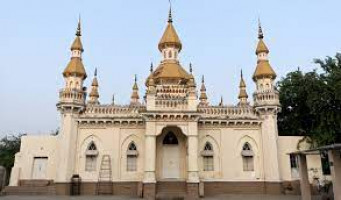
Begumpet Mosque
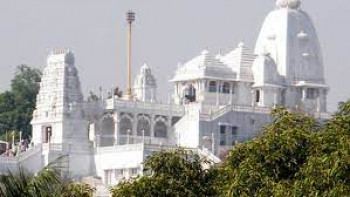
Birla Mandir

Bm Birla Planetarium And Science Technological Museum
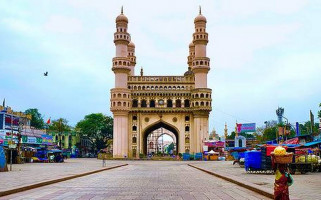
Charminar
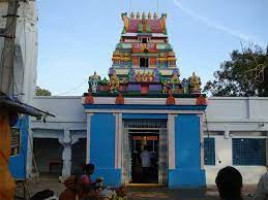
Chilkur Balaji Temple
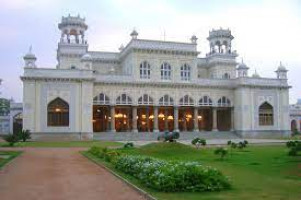
Chowmahalla Palace

Durgam Cheruvu

Golkonda Fort

Hussain Sagar Lake

Iskcon Temple

Khammam
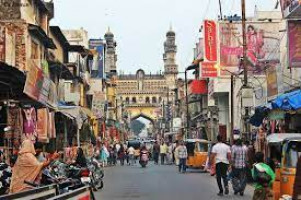
Laad Bazaar

Lost Society

Madina Market
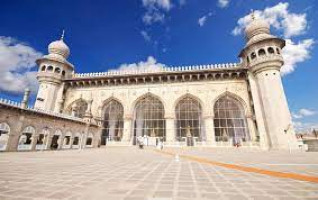
Mecca Masjid

Mix The Westin

Mount Opera Theme Park Resort
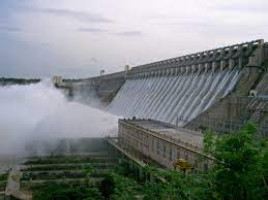
Nagarjuna Sagar Dam

Nalgonda

Nehru Zoological Park

Nizamabad

Nizams Museum

Osman Sagar Lake

Papi Kondalu

Purani Haveli

Ramoji Film City

Salar Jung Museum

Snow World

The Sky Lounge

Toli Masjid

Hyderabad Botanical Garden
4 days & 3 nights
4.9 (106)
Best Places Hyderabad 3N4D Tour Package
Hyderabad
Tour package by AwaraTrippy
Verified
INR 14,284 SAVE INR 4,285
INR 9,999 /Adult
4 days & 3 nights
4.3 (393)
Hyderabad 3 Nights Holiday
Hyderabad
Tour package by TripClap
Verified Trustseal
INR 23,259 SAVE INR 3,489
INR 19,770 /Adult
3 days & 2 nights
4.3 (393)
Hyderabad Tour Package For 2 Nights / 3 Days
Hyderabad
Tour package by TripClap
Verified Trustseal
INR 26,000 SAVE INR 6,500
INR 19,500 /Adult
3 days & 2 nights
4.3 (393)
2N/3D Adilabad & Hyderabad Tour Package - From Hyderabad
1D Adilabad • 2D Hyderabad
Tour package by TripClap
Verified Trustseal
INR 16,409 SAVE INR 4,923
INR 11,486 /Adult
3 days & 2 nights
Hyderabad Tour Package For 2 Nights / 3 Days
Hyderabad
Tour package by FlyRath
Verified
INR 22,337 SAVE INR 2,234
INR 20,103 /Adult
8 days & 7 nights
4.4 (74)
Hyderabad Ramoji - film City Tour Package 2 Nights 3 Days
Hyderabad
Tour package by Travel-yatra.com (A unit of Flying bird travel pvt. ltd.)
Verified Trustseal Top Partner
INR 48,000 SAVE INR 12,000
INR 36,000 /Adult
4 days & 3 nights
4.9 (61)
Hyderabad 3 Nights 4 Days
Hyderabad
Tour package by Vihari Vacations
Verified
INR 23,259 SAVE INR 3,489
INR 19,770 /Adult
6 days & 5 nights
4.9 (128)
CHARMING SHIMLA MANALI HOLIDAY TOUR 05 NIGHTS & 06 DAYS
2D Hyderabad • 2D Navi Mumbai • 2D Pune
Tour package by magic sky high trip organizer
Verified
INR 42,667 SAVE INR 10,667
INR 32,000 /Adult
8 days & 7 nights
4.4 (74)
Hyderabad Srisailam Tirupati Tour Package 4 Nights 5 Days
2D Hyderabad • 2D Srisailam • 2D Tirumala • 2D Tirupati
Tour package by Travel-yatra.com (A unit of Flying bird travel pvt. ltd.)
Verified Trustseal Top Partner
INR 11,900 /Adult
8 days & 7 nights
4.4 (74)
Hyderabad Srisailam Jyotirling Tour Package 2 Nights 3 Days
4D Hyderabad • 4D Srisailam
Tour package by Travel-yatra.com (A unit of Flying bird travel pvt. ltd.)
Verified Trustseal Top Partner
INR 5,500 /Adult
13. Golconda Fort
Golconda Fort is a ruined fort in Telangana, Hyderabad southern India. It was the capital of the Hyderabad State from the time of the Qutb Shahi dynasty in the 16th century until 1724, when the Mughal emperor Muhammad Shah transferred the capital to Delhi. The fort is on the outskirts of the city of Hyderabad.
Golconda Fort was built by the Qutb Shahi dynasty, who were originally from Iran. They came to India in the late 15th century and built the fort in the early 16th century. The fort was the capital of their kingdom, which included the present-day states of Andhra Pradesh and Telangana. The Qutb Shahis were Muslims, and the fort was an important center of Islamic culture.
In 1724, the Mughal emperor Muhammad Shah transferred the capital of the Hyderabad State from Golconda Fort to Delhi. The fort was then abandoned and fell into disrepair.
The fort is now a popular tourist attraction. It is a UNESCO World Heritage Site.
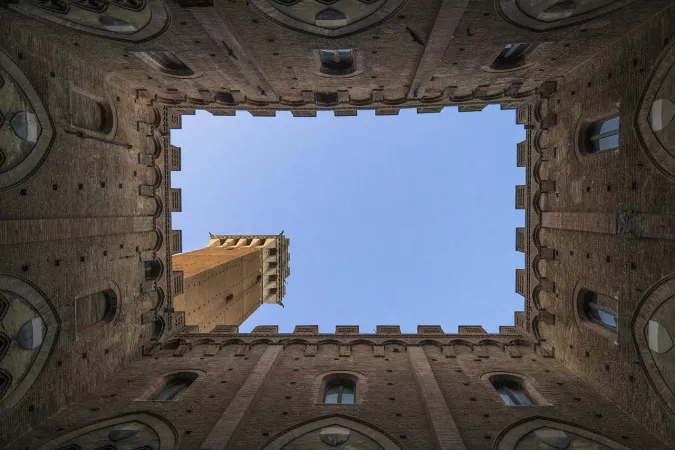 View Gallery - 21
View Gallery - 21 Places to visit in Hyderabad

10 Downing Street

Amaravathi

Ap State Archaeology Museum

Begum Bazaar

Begumpet Mosque

Birla Mandir

Bm Birla Planetarium And Science Technological Museum

Charminar

Chilkur Balaji Temple

Chowmahalla Palace

Durgam Cheruvu

Golkonda Fort

Hussain Sagar Lake

Iskcon Temple

Khammam

Laad Bazaar

Lost Society

Madina Market

Mecca Masjid

Mix The Westin

Mount Opera Theme Park Resort

Nagarjuna Sagar Dam

Nalgonda

Nehru Zoological Park

Nizamabad

Nizams Museum

Osman Sagar Lake

Papi Kondalu

Purani Haveli

Ramoji Film City

Salar Jung Museum

Snow World

The Sky Lounge

Toli Masjid

Hyderabad Botanical Garden
4 days & 3 nights
4.9 (106)
Best Places Hyderabad 3N4D Tour Package
Hyderabad
Tour package by AwaraTrippy
Verified
INR 9,999 /Adult
4 days & 3 nights
4.3 (393)
Hyderabad 3 Nights Holiday
Hyderabad
Tour package by TripClap
Verified Trustseal
INR 28,243 SAVE INR 8,473
INR 19,770 /Adult
3 days & 2 nights
4.3 (393)
Hyderabad Tour Package For 2 Nights / 3 Days
Hyderabad
Tour package by TripClap
Verified Trustseal
INR 22,941 SAVE INR 3,441
INR 19,500 /Adult
3 days & 2 nights
4.3 (393)
2N/3D Adilabad & Hyderabad Tour Package - From Hyderabad
1D Adilabad • 2D Hyderabad
Tour package by TripClap
Verified Trustseal
INR 16,409 SAVE INR 4,923
INR 11,486 /Adult
3 days & 2 nights
Hyderabad Tour Package For 2 Nights / 3 Days
Hyderabad
Tour package by FlyRath
Verified
INR 26,804 SAVE INR 6,701
INR 20,103 /Adult
8 days & 7 nights
4.4 (74)
Hyderabad Ramoji - film City Tour Package 2 Nights 3 Days
Hyderabad
Tour package by Travel-yatra.com (A unit of Flying bird travel pvt. ltd.)
Verified Trustseal Top Partner
INR 51,429 SAVE INR 15,429
INR 36,000 /Adult
4 days & 3 nights
4.9 (61)
Hyderabad 3 Nights 4 Days
Hyderabad
Tour package by Vihari Vacations
Verified
INR 26,360 SAVE INR 6,590
INR 19,770 /Adult
6 days & 5 nights
4.9 (128)
CHARMING SHIMLA MANALI HOLIDAY TOUR 05 NIGHTS & 06 DAYS
2D Hyderabad • 2D Navi Mumbai • 2D Pune
Tour package by magic sky high trip organizer
Verified
INR 35,556 SAVE INR 3,556
INR 32,000 /Adult
8 days & 7 nights
4.4 (74)
Hyderabad Srisailam Tirupati Tour Package 4 Nights 5 Days
2D Hyderabad • 2D Srisailam • 2D Tirumala • 2D Tirupati
Tour package by Travel-yatra.com (A unit of Flying bird travel pvt. ltd.)
Verified Trustseal Top Partner
INR 17,000 SAVE INR 5,100
INR 11,900 /Adult
8 days & 7 nights
4.4 (74)
Hyderabad Srisailam Jyotirling Tour Package 2 Nights 3 Days
4D Hyderabad • 4D Srisailam
Tour package by Travel-yatra.com (A unit of Flying bird travel pvt. ltd.)
Verified Trustseal Top Partner
INR 7,857 SAVE INR 2,357
INR 5,500 /Adult
14. Sun Temple
The Sun Temple is a Hindu temple located in the town of Konark, in the state of Odisha, India. It is built in the form of a gigantic chariot, with elaborately carved stone wheels, pillars and walls. The temple is dedicated to the Hindu sun god Surya.
The Sun Temple was built in the 13th century by the king of Konark, Narasimhadeva I. The temple was the culmination of the Orissan style of temple architecture, which reached its peak during the 13th century. The Sun Temple is one of the most famous tourist destinations in India, and is a UNESCO World Heritage Site.
It is a massive structure, measuring 120 feet (37 meters) in length and 75 feet (23 meters) in width. The walls and pillars are elaborately carved with scenes from Hindu mythology, including images of gods and goddesses, animals and birds, and scenes from everyday life.
The most impressive feature of the Sun Temple is the giant stone chariot, which is drawn by horses and is elaborately carved with scenes from the Hindu epic poem, the Mahabharata. The chariot is over 60 feet (18 meters) high and is one of the largest stone chariots in the world.
The Sun Temple is one of the most popular tourist destinations in India, and is a UNESCO World Heritage Site. The temple is open to the public from sunrise to sunset.
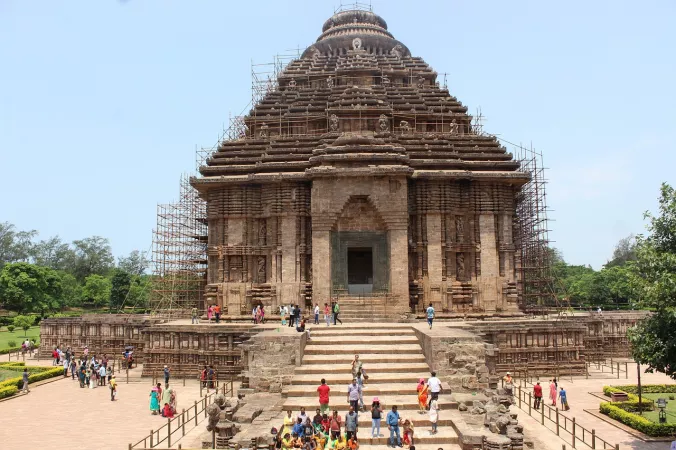 View Gallery - 21
View Gallery - 21 Places to visit in Konark
Bhubaneswar, Konark Tour Packages
3 days & 2 nights
5 (3)
Golden Triangle of Odisha 2N 3D
1D Bhubaneswar • 1D Konark • 1D Puri
Tour package by Deccan Holidays
Verified
INR 10,333 SAVE INR 2,583
INR 7,750 /Adult
5 days & 4 nights
5 (3)
Bhubaneswar Puri Konark Chilika Lake Tour Package 4 N 5 D
1D Bhubaneswar • 1D Konark • 3D Puri
Tour package by Deccan Holidays
Verified
INR 13,438 SAVE INR 2,688
INR 10,750 /Adult
6 days & 5 nights
6 Days/ 5 Nights TravellerEscape: Golden Triangle (Puri-Bhubaneswar-Konark - Gopalpur)
1D Bhubaneswar • 1D Gopalpur • 1D Konark • 3D Puri
Tour package by Travelleresacape
Verified
INR 25,713 SAVE INR 7,714
INR 17,999 /Adult
4 days & 3 nights
4 D/3N TravellerEscape (VIP Darshan): — Golden Triangle for Couple
1D Bhubaneswar • 1D Konark • 2D Puri
Tour package by Travelleresacape
Verified
INR 19,999 SAVE INR 3,000
INR 16,999 /Adult
6 days & 5 nights
5 (13)
GLORIOUS ODISHA TOUR
1D Bhubaneswar • 1D Gopalpur • 1D Konark • 3D Puri
Tour package by INSPIRING TRAVEL SOLUTIONS
Verified
INR 25,960 SAVE INR 6,490
INR 19,470 /Adult
4 days & 3 nights
5 (3)
Puri Honeymoon Tour 3 N 4 D
1D Bhubaneswar • 1D Konark • 2D Puri
Tour package by Deccan Holidays
Verified
INR 33,333 SAVE INR 3,333
INR 30,000 /Adult
7 days & 6 nights
5 (3)
Deccan Holidays 6 Nights 7 Days Package
1D Bhubaneswar • 1D Konark • 1D Puri • 4D Udayagiri
Tour package by Deccan Holidays
Verified
INR 52,111 SAVE INR 5,211
INR 46,900 /Adult
4 days & 3 nights
4.5 (291)
Jagannath Puri Konark Tour Package
1D Bhubaneswar • 1D Konark • 2D Puri
Tour package by Namaste India Trip Pvt Ltd
Verified
INR 15,294 SAVE INR 2,294
INR 13,000 /Adult
8 days & 7 nights
5 (3)
Deccan Holidays 8 nights 9 days Package With Daringbadi ( Kashmir Of Odisha )
2D Bhubaneswar • 2D Gopalpur • 2D Konark • 2D Puri
Tour package by Deccan Holidays
Verified
INR 96,000 SAVE INR 24,000
INR 72,000 /Adult
2 days & 1 nights
5 (91)
1 Night 2 Days Puri Jagannath Dham Tour Package
1D Bhubaneswar • 1D Puri
Tour package by Eastern India Travels
Verified
INR 9,286 SAVE INR 2,786
INR 6,500 /Adult
15. Khajuraho Group of Monuments
Khajuraho Group of Monuments is a UNESCO World Heritage Site located in Madhya Pradesh, India. It is famous for its erotic sculptures.
The Khajuraho Group of Monuments was built by the Chandela dynasty, who ruled the area from the 10th to the 12th centuries. The temples were built between 950 and 1050 AD. The group consists of 85 temples, of which only 20 remain.
The Khajuraho Group of Monuments is a UNESCO World Heritage Site for its erotic sculptures. The sculptures depict human and animal figures in various sexual positions. The purpose of the sculptures is not known, but it is thought that they may have been used to promote fertility.
The Khajuraho Group of Monuments is a major tourist attraction. It is one of the most popular tourist destinations in India.
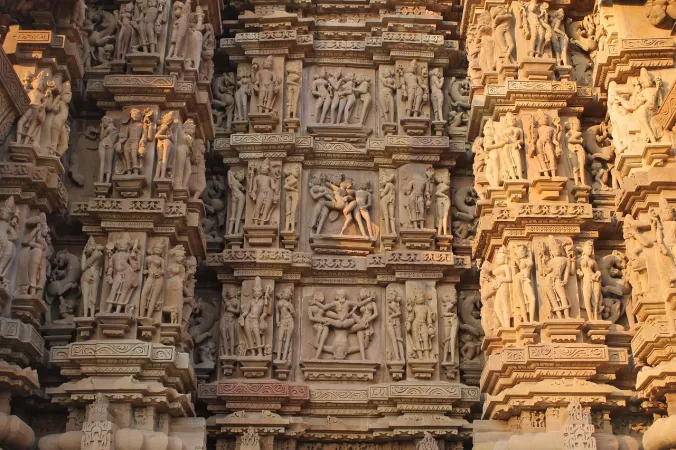 View Gallery - 21
View Gallery - 21 16. Sanchi Stupa
The Sanchi Stupa is a Buddhist monument located in Sanchi, Madhya Pradesh India. It is one of the most well-known and oldest stone structures in India and was originally built in the 3rd century BC. The stupa was enlarged and renovated a number of times over the centuries, and today it is a UNESCO World Heritage Site.
The Sanchi Stupa is a hemispherical structure that is made of brick and stone. It is about 36 meters in diameter and has a height of 16.4 meters. The stupa is decorated with carvings and sculptures of Buddhist figures, and it is one of the most important Buddhist monuments in India.
The Sanchi Stupa was originally built in the 3rd century BC by the Emperor Ashoka. Ashoka was a Buddhist and a great patron of the religion, and he built a number of stupas and temples throughout India. The Sanchi Stupa was enlarged and renovated a number of times over the centuries, and in the 1st century BC it was further embellished with carvings and sculptures of Buddhist figures.
The Sanchi Stupa is a UNESCO World Heritage Site and is considered to be one of the most important Buddhist monuments in India. The Sanchi Stupa is a popular tourist attraction, and it is a must-see for anyone visiting Sanchi, India.
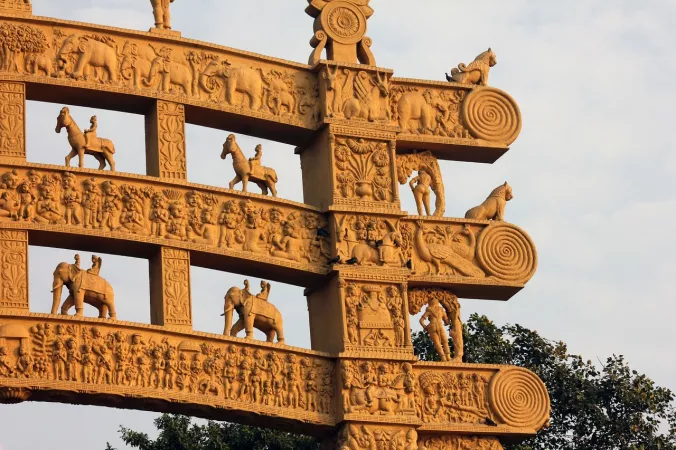 View Gallery - 21
View Gallery - 21 Places to visit in Sanchi
17. Golden Temple, Punjab
The Golden Temple is a Sikh temple located in the city of Amritsar, Punjab, India. It is also known as the Harmandir Sahib. The temple is considered one of the most important places of worship for Sikhs, and it is also the most popular tourist destination in Punjab.
The Golden Temple was built in the 16th century by Guru Ram Das, the fourth Sikh guru. The temple was designed to be a place of pilgrimage for all people, regardless of their religion or caste. The temple is made of white marble and gold, and it is crowned with a dome that is covered in gold leaf.
The Golden Temple is a popular place of worship for Sikhs, who come to the temple to pray and to meditate. The temple is also a popular tourist destination, with over one million visitors each year. The temple is open to all visitors, and there is no charge for admission.
The Golden Temple is an important symbol of Sikhism, and it is a place of pilgrimage for Sikhs from all over the world. The temple is a beautiful and peaceful place to visit, and it is a must-see destination for anyone traveling to Punjab.
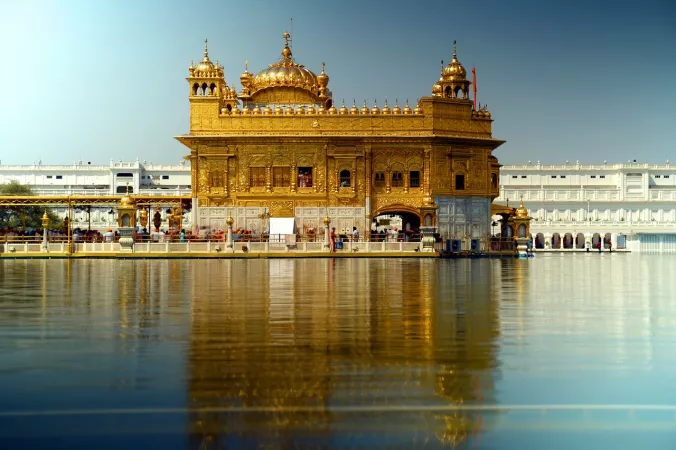 View Gallery - 21
View Gallery - 21 Places to visit in Punjab
5 days & 4 nights
Amritsar Dalhousie Dharanshala Amritsar
Amritsar
Tour package by Shrijay Tours n Travels
Verified
INR 14,800 /Adult
3 days & 2 nights
4.6 (37)
Amritsar_2N3D_MAP
Amritsar
Tour package by Purba Holidays
Verified Trustseal
INR 11,333 SAVE INR 2,833
INR 8,500 /Adult
4 days & 3 nights
4.9 (107)
Taj Swarna, Amritsar for 3N - from Delhi
Amritsar
Tour package by travel tag holidays
Verified
INR 20,300 SAVE INR 5,075
INR 15,225 /Adult
4 days & 3 nights
4.3 (393)
Taj Swarna, Amritsar for 3N - from Delhi
Amritsar
Tour package by TripClap
Verified Trustseal
INR 17,912 SAVE INR 2,687
INR 15,225 /Adult
4 days & 3 nights
4.8 (314)
Amritsar for 3N - from Delhi
Amritsar
Tour package by Raisoone Travels and Holidays Pvt Ltd
Verified
INR 15,999 /Adult
3 days & 2 nights
4.3 (393)
Amritsar 2 Nights / 3 Days Tour
Amritsar
Tour package by TripClap
Verified Trustseal
INR 25,000 SAVE INR 2,500
INR 22,500 /Adult
3 days & 2 nights
4.4 (74)
Amritsar Tour Package 3 Days From Delhi
Amritsar
Tour package by Travel-yatra.com (A unit of Flying bird travel pvt. ltd.)
Verified Trustseal Top Partner
INR 13,320 SAVE INR 3,330
INR 9,990 /Adult
3 days & 2 nights
4.9 (26)
Amritsar 2 Nights / 3 Days Tour
Amritsar
Tour package by ENJOY MY TRIPS
Verified
INR 9,749 SAVE INR 1,950
INR 7,799 /Adult
4 days & 3 nights
4.6 (356)
3 Night 4 Days Chandigarh | Amritsar Tour Package
2D Amritsar • 2D Chandigarh
Tour package by The Great Vacation Club
Verified
INR 25,625 SAVE INR 5,125
INR 20,500 /Adult
5 days & 4 nights
4.8 (53)
Almighty Amirstar
1D Amritsar • 1D Dalhousie • 3D Dharamshala
Tour package by Season 6 Holidays
Verified
INR 27,929 SAVE INR 8,379
INR 19,550 /Adult
18. Mysore palace
Mysore Palace is a palace located in Mysore, Karnataka, India. It is the official residence of the Wodeyars — the erstwhile royal family of Mysore. The palace is now a museum and tourist attraction.
The palace was commissioned in 1897 by Krishnaraja Wodeyar IV and designed by Henry Irwin.
It is built in the Indo-Saracenic style, incorporating Hindu, Islamic, and Gothic elements. The construction was completed in 1912 at a cost of Rs. 8.5 million.
The palace is spread over an area of 147 acres (59 ha). It has a facade of granite and marble, and is studded with domes, spires, and turrets. The interior is decorated with crystal chandeliers, carved teakwood ceilings, and Belgian stained glass.
The palace houses the Maharaja's Durbar Hall, the Jayalakshmi Vilas and the Chamarajendra Art Gallery. The Jayalakshmi Vilas is a hall with a ceiling painted with scenes from the Mahabharata, while the Chamarajendra Art Gallery houses a collection of paintings and sculptures from the Mysore school of art.
The palace is now a museum and tourist attraction. It is open from 9:00 a.m. to 5:00 p.m. daily, except on Fridays when it is open from 9:00 a.m. to 1:00 p.m.
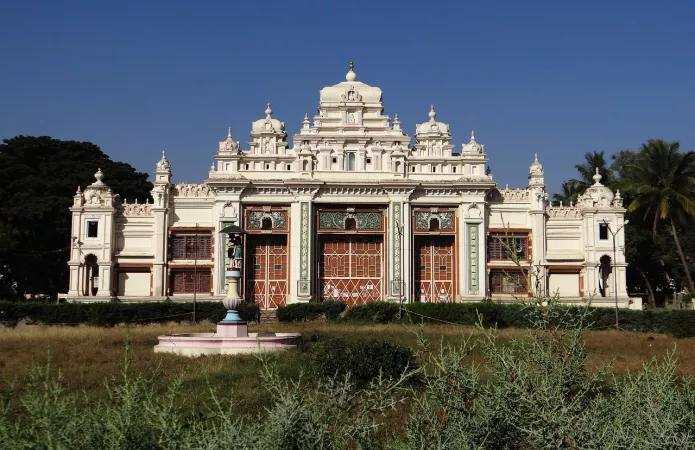 View Gallery - 21
View Gallery - 21 Places to visit in Mysore
Brindavan Gardens
Chamundeshwari Temple
Folklore Museum
Grs Fantasy Park
Jaganmohan Palace
Karanji Lake
Melukote Temples
Mysore Palace
Mysore Zoo
Nanjangud
Rail Museum
Somnathpur
Srikanteswara Temple
St Philomenas Church
Talakadu
Trinesvaraswamy Temple
4 days & 3 nights
4.8 (314)
Exclusive Mysore Trip 3N 4D
Mysore
Tour package by Raisoone Travels and Holidays Pvt Ltd
Verified
INR 20,625 SAVE INR 4,125
INR 16,500 /Adult
12 days & 11 nights
4.9 (215)
A Holiday Package of Mysore 4N 5D-copy
Mysore
Tour package by Tourwithme
Verified
INR 22,267 SAVE INR 5,567
INR 16,700 /Adult
3 days & 2 nights
4.6 (37)
Coorg_Mysore 2N3D_4Star_MAP_60 PAX-Revised Final
1D Coorg • 2D Mysore
Tour package by Purba Holidays
Verified Trustseal
INR 18,588 SAVE INR 2,788
INR 15,800 /Adult
4 days & 3 nights
5 (80)
WAYAND 3N/4D Package
1D Bangalore • 1D Mysore • 2D Wayanad
Tour package by Explorers Company Private Limited
Verified Trustseal
INR 28,570 SAVE INR 8,571
INR 19,999 /Adult
6 days & 5 nights
5 (2)
The Beautiful Karnataka 6 Days & 5 Nights Mysore Coorg Ooty
2D Coorg • 2D Mysore • 2D Ooty
Tour package by NR Trade Services
Verified Tour Expert
INR 17,777 SAVE INR 1,778
INR 15,999 /Adult
8 days & 7 nights
4.7 (489)
Love in the Land of Heritage: Karnataka's Romantic Journeys
2D Mysore • 2D Ooty • 4D Wayanad
Tour package by DiscoverMyTravel
Verified Trustseal Tour Expert
INR 40,750 SAVE INR 8,150
INR 32,600 /Adult
5 days & 4 nights
4.6 (37)
Mysore Ooty Tour Package 3 N 4 D
2D Mysore • 3D Ooty
Tour package by Purba Holidays
Verified Trustseal
INR 16,500 /Adult
3 days & 2 nights
5 (80)
COORG+CHIKMAGALUR (2N/3D)
1D Chikmagalur • 1D Coorg • 1D Mysore
Tour package by Explorers Company Private Limited
Verified Trustseal Tour Expert
INR 12,499 SAVE INR 2,500
INR 9,999 /Adult
6 days & 5 nights
5 (33)
Awesome Ooty & Mysore from Bangalore
2D Bangalore • 2D Mysore • 2D Ooty
Tour package by TRAVESSY DESTINATIONS PRIVATE LIMITED
Verified
INR 26,429 SAVE INR 7,929
INR 18,500 /Adult
5 days & 4 nights
Awesome Ooty & Mysore from Bangalore
2D Mysore • 3D Ooty
Tour package by Farheen Tour & Travel
Verified
INR 21,714 SAVE INR 6,514
INR 15,200 /Adult
19 Hampi Karnataka
Hampi is a village in the northern part of Karnataka state, India. It is located within the ruins of the ancient city of Vijayanagara, the former capital of the Vijayanagara Empire. The city is on the banks of the Tungabhadra River.
The village is known for its ruins of the Vijayanagara Empire, as well as for the temples of Virupaksha and Vittala. The ruins, including the Vijayanagara palace, are UNESCO World Heritage Sites. The temples are popular tourist destinations.
Hampi is also home to the Virupaksha Temple, which is a UNESCO World Heritage Site. The temple is dedicated to the Hindu god Virupaksha. It is one of the most important temples in Hampi and is a major tourist attraction.
The Vittala Temple is also a popular tourist destination in Hampi. The temple is dedicated to the Hindu god Vittala and is famous for its stone carvings.
Hampi is a popular tourist destination and is home to a number of tourist attractions, including the ruins of the Vijayanagara Empire, the Virupaksha Temple, and the Vittala Temple.
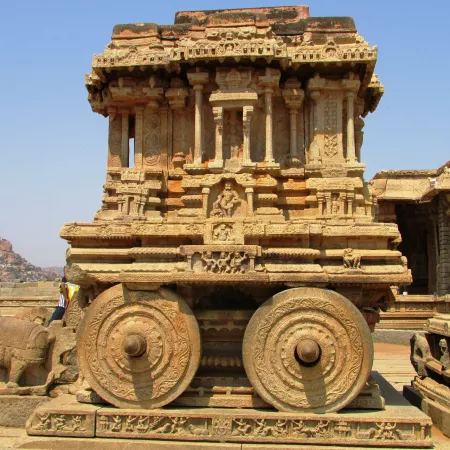 View Gallery - 21
View Gallery - 21 Places to visit in Hampi
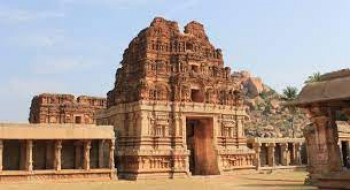
Achyutraya Temple

Archaeological Museum
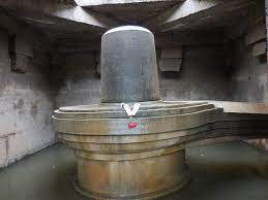
Big Shivlinga

Daroji Bear Sanctuary

Elephant Stables
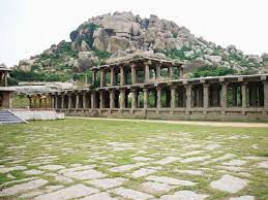
Hampi Bazaar
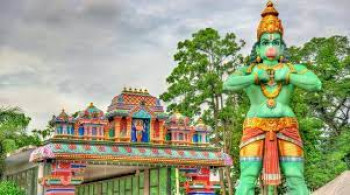
Hanuman Temple
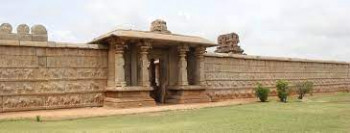
Hazara Rama Temple
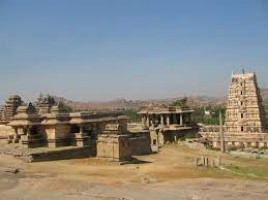
Hemakuta Hill Temple Complex
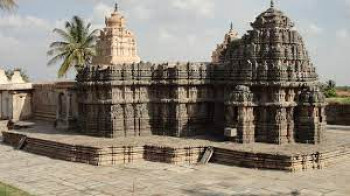
Lakshmi Narasimha Temple
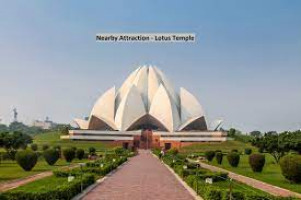
Lotus Palace
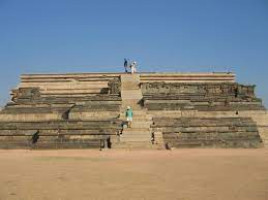
Mahanavami Dibba

Matanga Hill
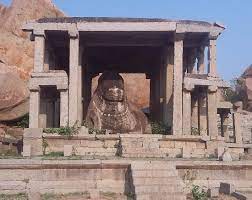
Monolith Bull
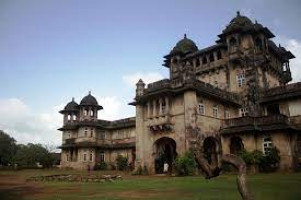
Old Palace

Queens Bath

Rock Climbing
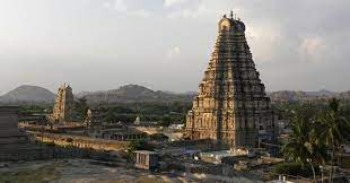
Virupaksha Temple
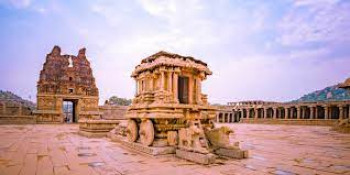
Vithala Temple
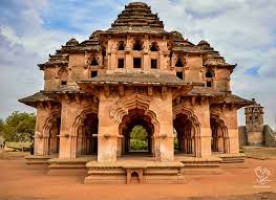
Zenana Enclosure
3 days & 2 nights
5 (80)
3 Days Tour to Hampi (2N/3D)
1D Hampi • 2D Karnataka
Tour package by Explorers Company Private Limited
Verified Trustseal
INR 42,856 SAVE INR 12,857
INR 29,999 /Adult
2 days & 1 nights
4.3 (393)
Hampi Short tour Package
Hampi
Tour package by TripClap
Verified Trustseal
INR 11,764 SAVE INR 1,765
INR 9,999 /Adult
4 days & 3 nights
4.6 (57)
3N/4D Hampi Tour Package
Hampi
Tour package by javeo-traveller private limited
Verified
INR 19,000 /Adult
2 days & 1 nights
4.6 (57)
Hampi Short tour Package
Hampi
Tour package by javeo-traveller private limited
Verified
INR 14,284 SAVE INR 4,285
INR 9,999 /Adult
4 days & 3 nights
4.6 (57)
4N/5D Hampi Tour Package from Delhi
Hampi
Tour package by javeo-traveller private limited
Verified
INR 14,036 SAVE INR 1,404
INR 12,632 /Adult
4 days & 3 nights
4.3 (393)
3N/4D Hampi Tour Package from Mysore
Hampi
Tour package by TripClap
Verified Trustseal
INR 14,861 SAVE INR 2,229
INR 12,632 /Adult
3 days & 2 nights
4.3 (393)
Explore the Vijayanagar Empire - Hampi
Hampi
Tour package by TripClap
Verified Trustseal
INR 10,556 SAVE INR 1,056
INR 9,500 /Adult
3 days & 2 nights
4.3 (393)
2N/3D Hampi Tour Package from Bangalore
Hampi
Tour package by TripClap
Verified Trustseal
INR 13,896 SAVE INR 2,084
INR 11,812 /Adult
5 days & 4 nights
4.3 (393)
4N/5D Hampi & Dandeli Tour Package
2D Dandeli • 3D Hampi
Tour package by TripClap
Verified Trustseal
INR 28,445 SAVE INR 4,267
INR 24,178 /Adult
3 days & 2 nights
4.6 (57)
2N/3D Hampi Tour Package from Bangalore-copy
Hampi
Tour package by javeo-traveller private limited
Verified
INR 14,765 SAVE INR 2,953
INR 11,812 /Adult
20 Jallianwala Bagh, Punjab
The Jallianwala Bagh Massacre, also known as the Amritsar Massacre, took place on 13 April 1919 when troops of the British Indian Army under the command of Colonel Reginald Dyer fired rifles into a crowd of unarmed civilians, killing 379 and wounding 1,137.
The civilians had gathered in Jallianwala Bagh, a public garden in the city of Amritsar in the Punjab region of India, to celebrate the Hindu festival of Baisakhi.
On hearing that a gathering of 10,000 to 20,000 people had gathered in the Bagh, Dyer marched his troops into the garden, where they began firing indiscriminately into the crowd for 10 minutes.
Dyer later said that he had ordered his troops to fire because he believed that the crowd was about to attack the soldiers. Some historians have argued that the massacre was instead a deliberate act of revenge for the earlier killing of a British officer by a crowd in the city.
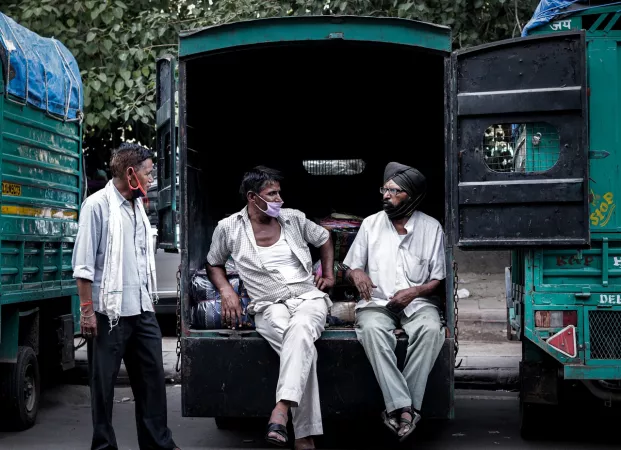 View Gallery - 21
View Gallery - 21 Places to visit in Punjab
5 days & 4 nights
Amritsar Dalhousie Dharanshala Amritsar
Amritsar
Tour package by Shrijay Tours n Travels
Verified
INR 14,800 /Adult
3 days & 2 nights
4.6 (37)
Amritsar_2N3D_MAP
Amritsar
Tour package by Purba Holidays
Verified Trustseal
INR 12,143 SAVE INR 3,643
INR 8,500 /Adult
4 days & 3 nights
4.9 (107)
Taj Swarna, Amritsar for 3N - from Delhi
Amritsar
Tour package by travel tag holidays
Verified
INR 20,300 SAVE INR 5,075
INR 15,225 /Adult
4 days & 3 nights
4.3 (393)
Taj Swarna, Amritsar for 3N - from Delhi
Amritsar
Tour package by TripClap
Verified Trustseal
INR 21,750 SAVE INR 6,525
INR 15,225 /Adult
4 days & 3 nights
4.8 (314)
Amritsar for 3N - from Delhi
Amritsar
Tour package by Raisoone Travels and Holidays Pvt Ltd
Verified
INR 21,332 SAVE INR 5,333
INR 15,999 /Adult
3 days & 2 nights
4.6 (57)
Dehradun Mussoorie Tour Package 3D2N
1D Dehradun • 1D Ludhiana • 1D Mussoorie
Tour package by javeo-traveller private limited
Verified
INR 7,857 SAVE INR 2,357
INR 5,500 /Adult
5 days & 4 nights
4.8 (53)
Almighty Amirstar
1D Amritsar • 1D Dalhousie • 3D Dharamshala
Tour package by Season 6 Holidays
Verified
INR 19,550 /Adult
3 days & 2 nights
4.3 (393)
Amritsar 2 Nights / 3 Days Tour
Amritsar
Tour package by TripClap
Verified Trustseal
INR 25,000 SAVE INR 2,500
INR 22,500 /Adult
11 days & 10 nights
4.1 (37)
Himachal Tour Package 10 Nights 11 Days
2D Amritsar • 2D Dalhousie • 2D Dharamshala • 2D Manali • 3D Shimla
Tour package by YATRACO - Solan
Verified
INR 36,875 SAVE INR 7,375
INR 29,500 /Adult
10 days & 9 nights
4.1 (37)
09 Nights/10 Days Himachal with Amritsar
1D Amritsar • 1D Dalhousie • 1D Dharamshala • 1D Himachal Pradesh • 1D Manali • 5D Shimla
Tour package by YATRACO
Verified Tour Expert
INR 28,889 SAVE INR 2,889
INR 26,000 /Adult

Editor Content - Tripclap
A travelpreneur to guide and help travel enthusiasts to explore the world.
Certified
We accept (more)
Members of
Media Recognition
Trusted Partners
Award
Copyrights © TripClap. All Rights Reserved



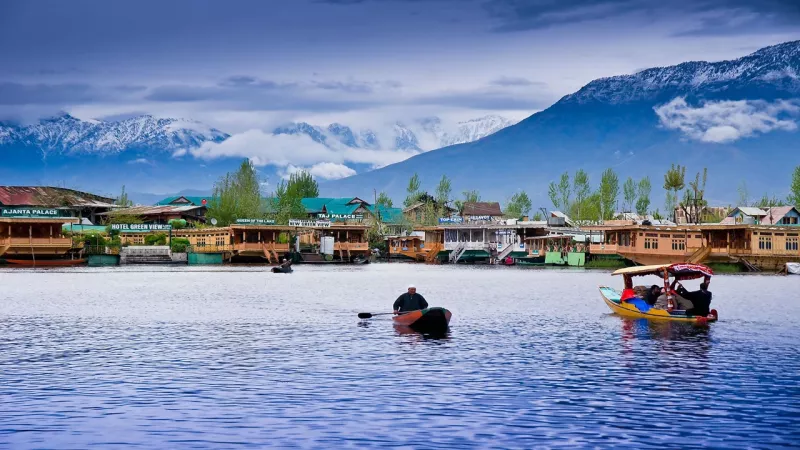
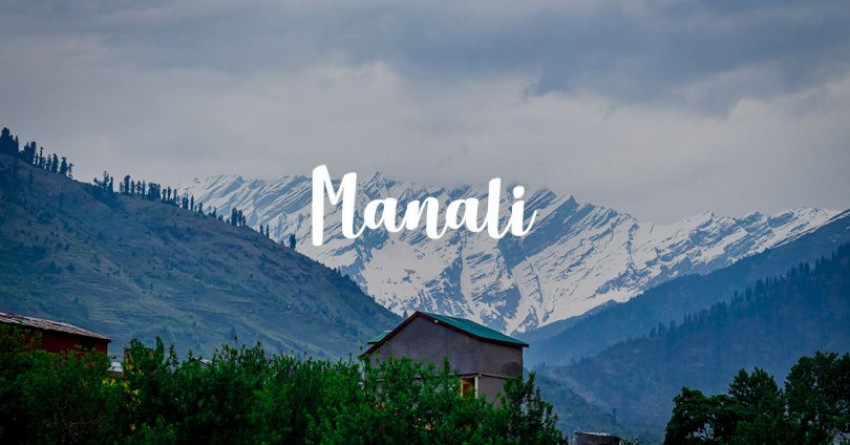
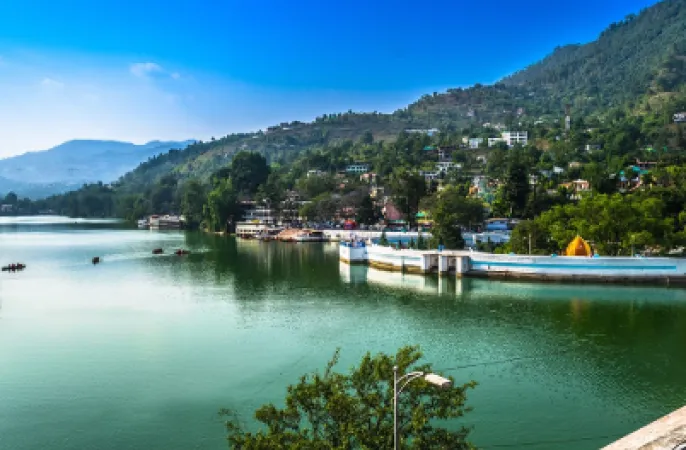
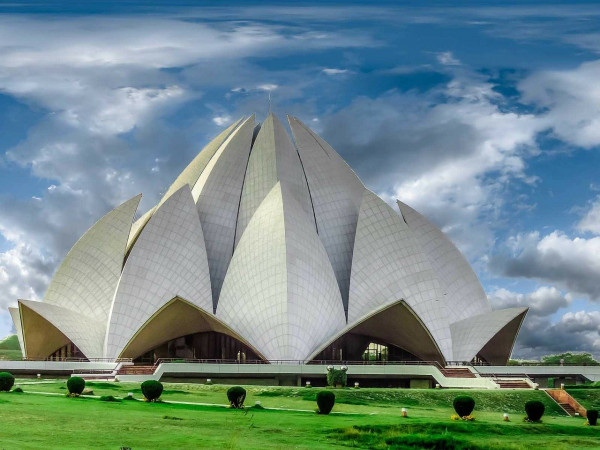
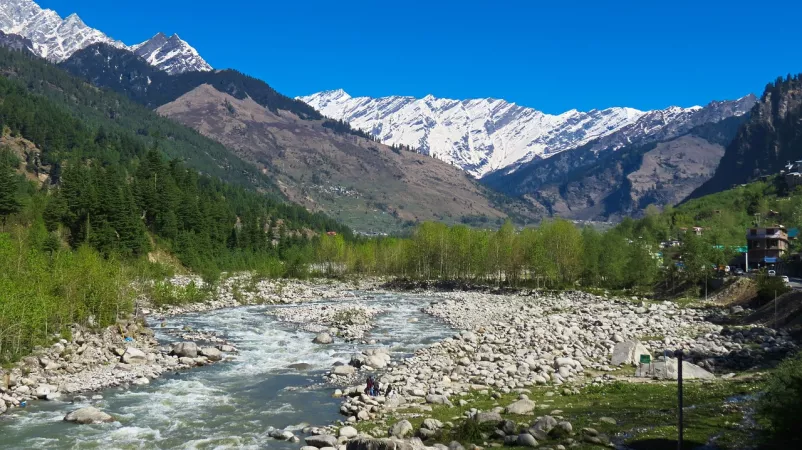


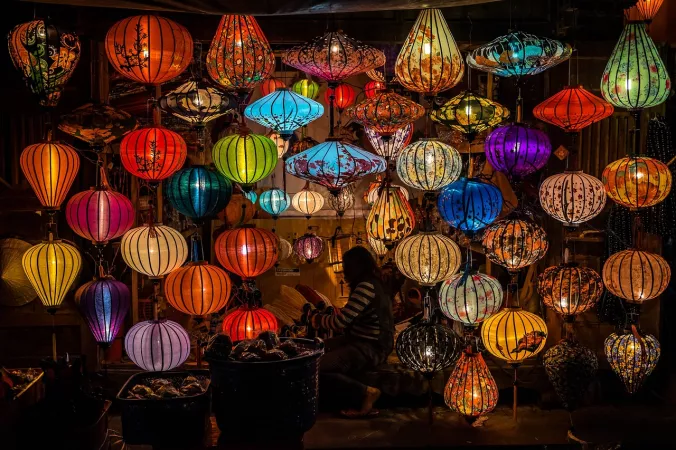
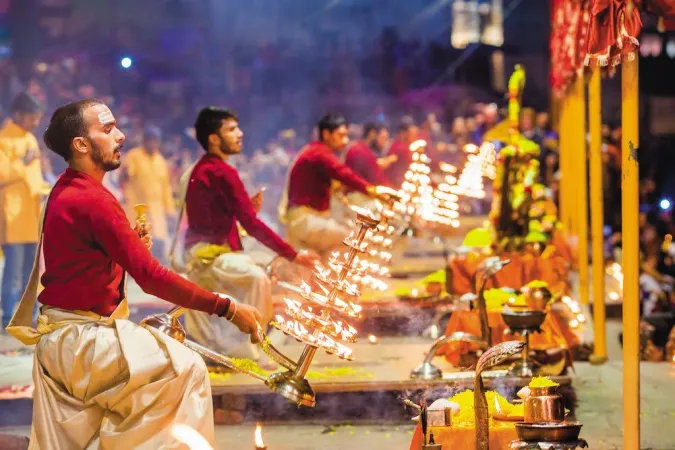


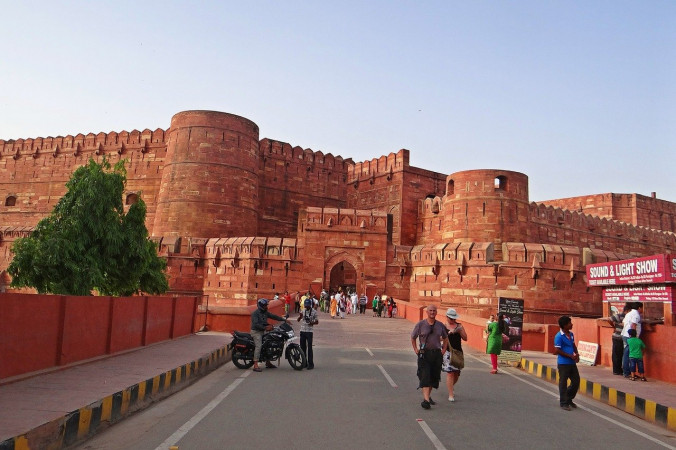
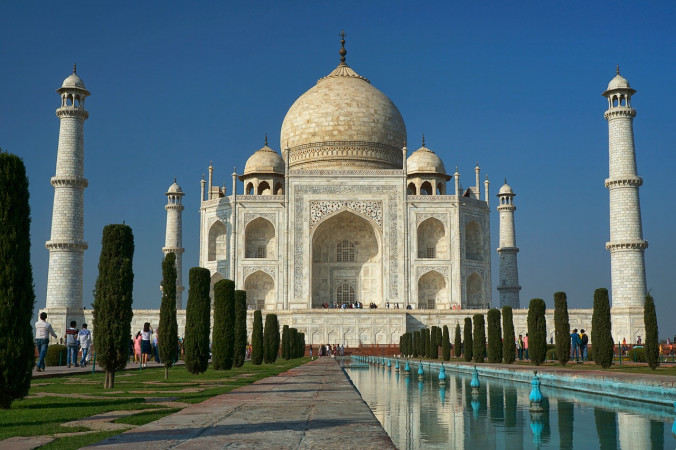

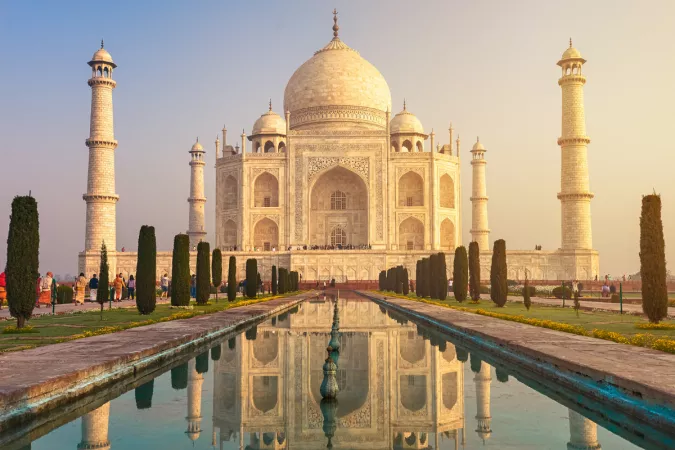
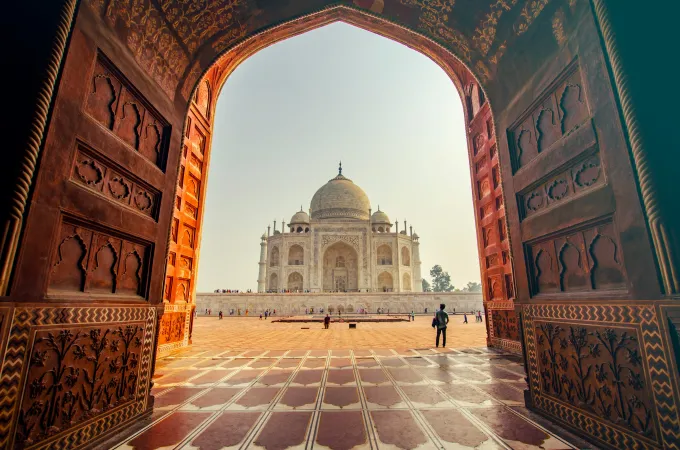
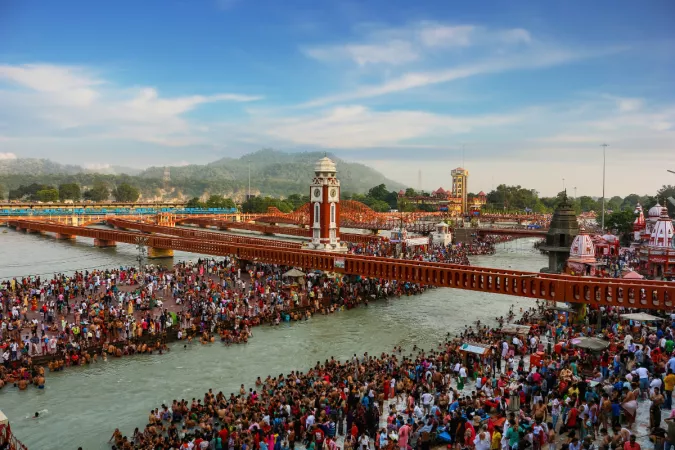
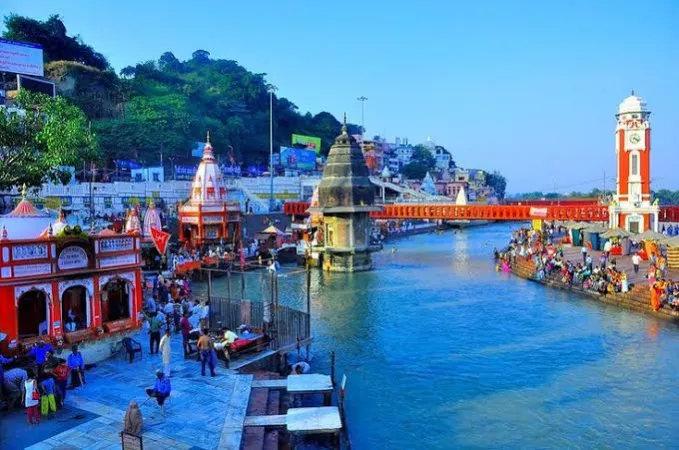
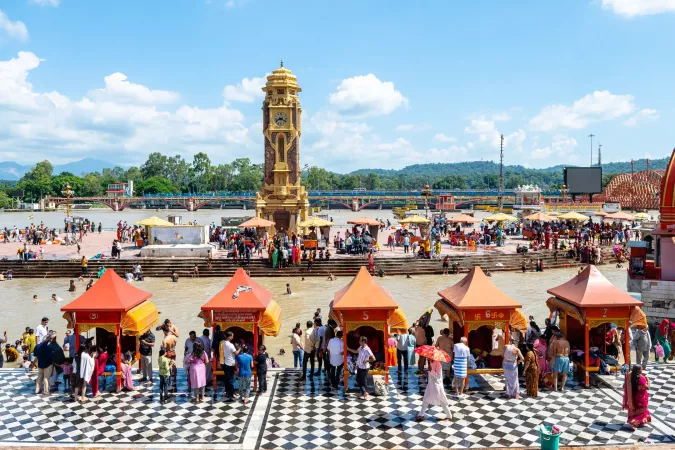
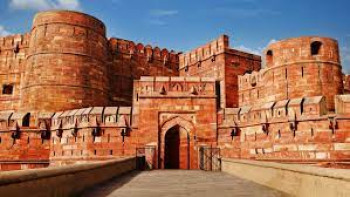

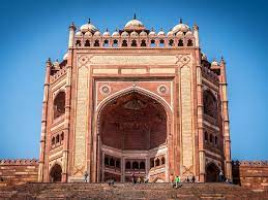
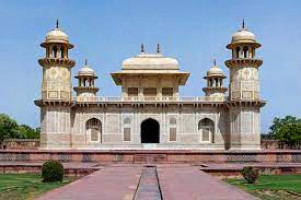

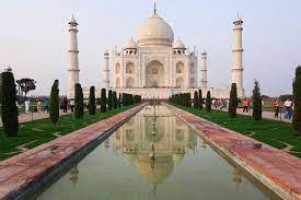
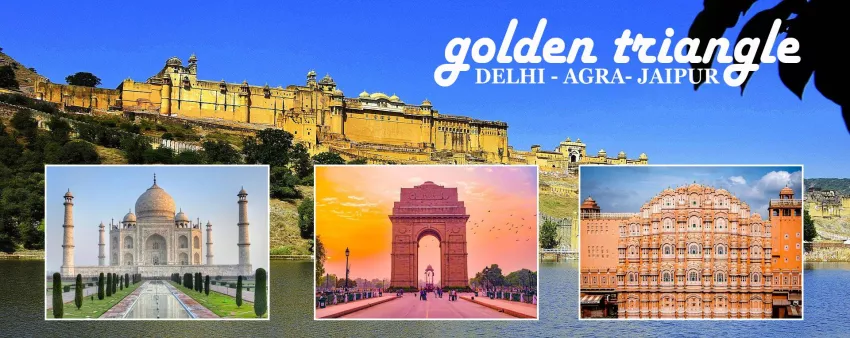
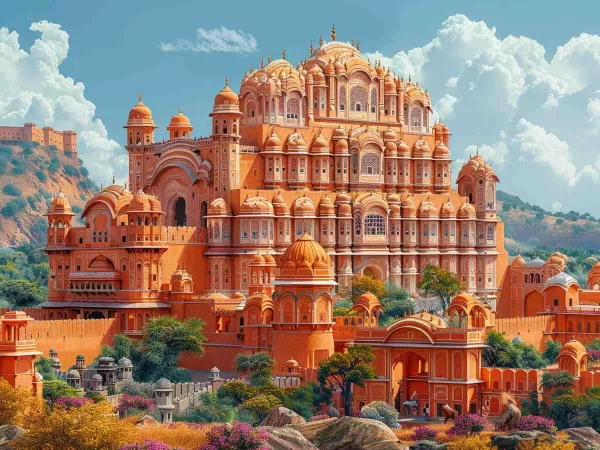


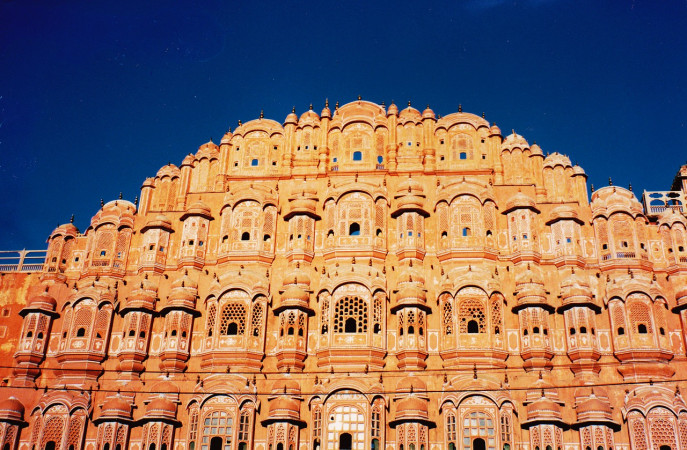
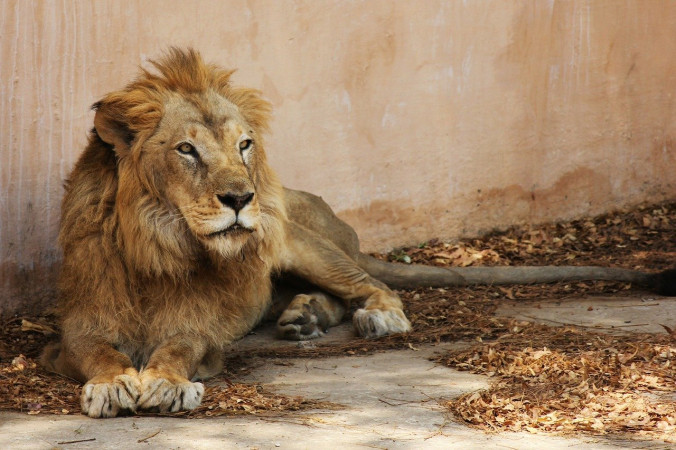

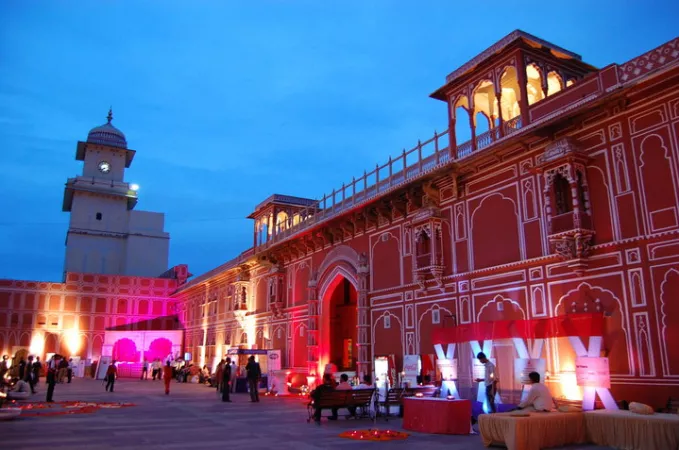
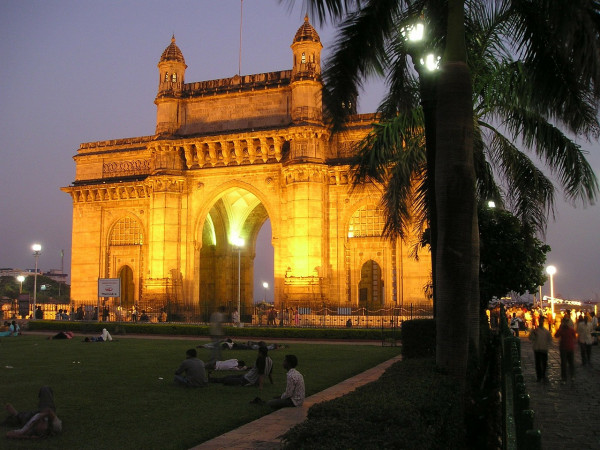
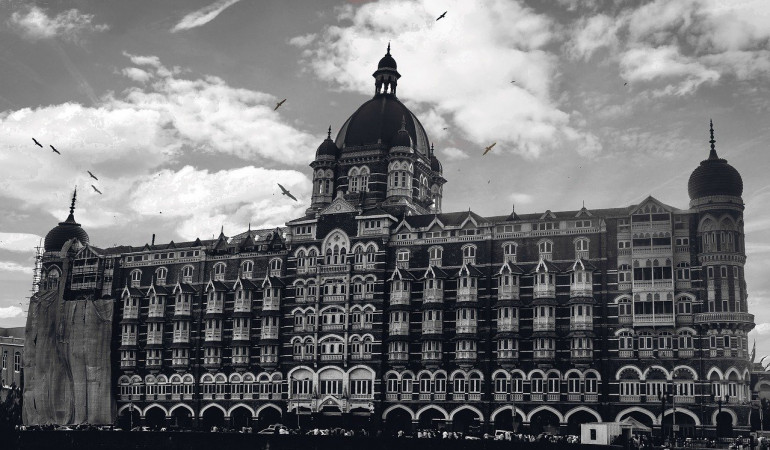
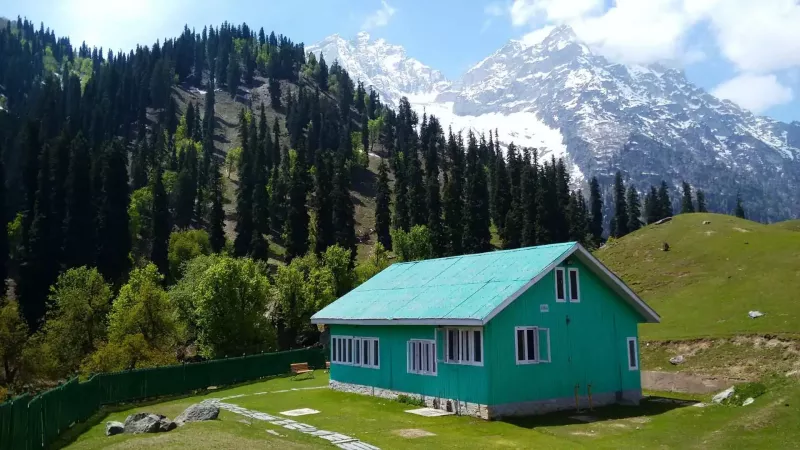


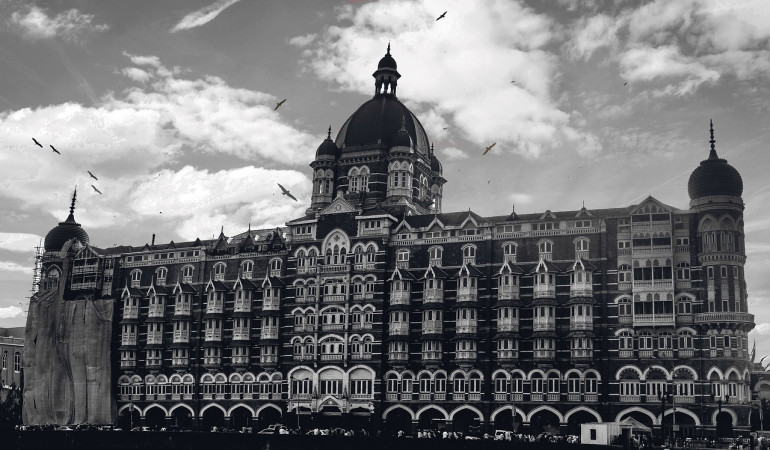
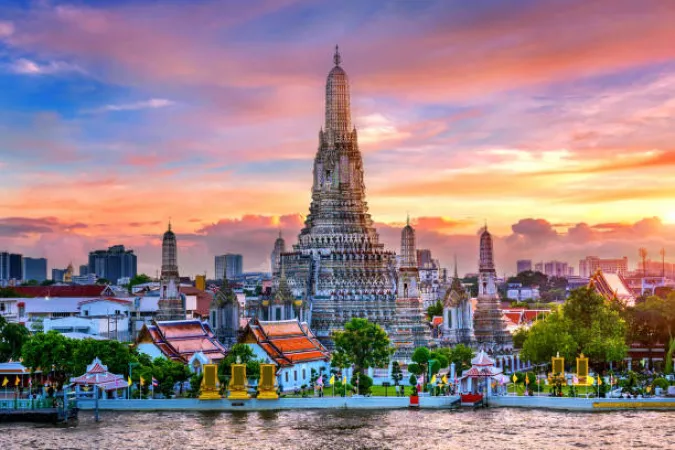
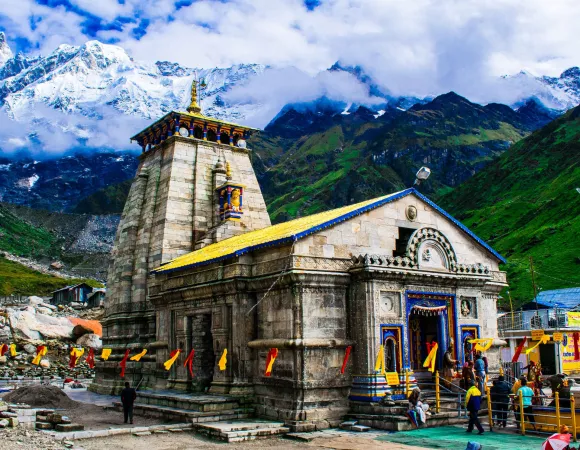

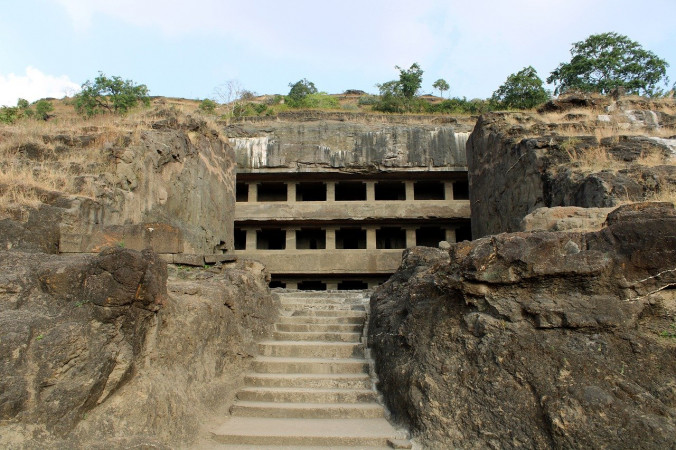



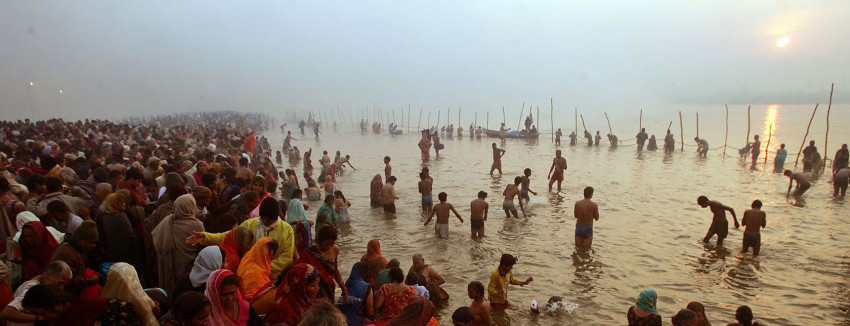
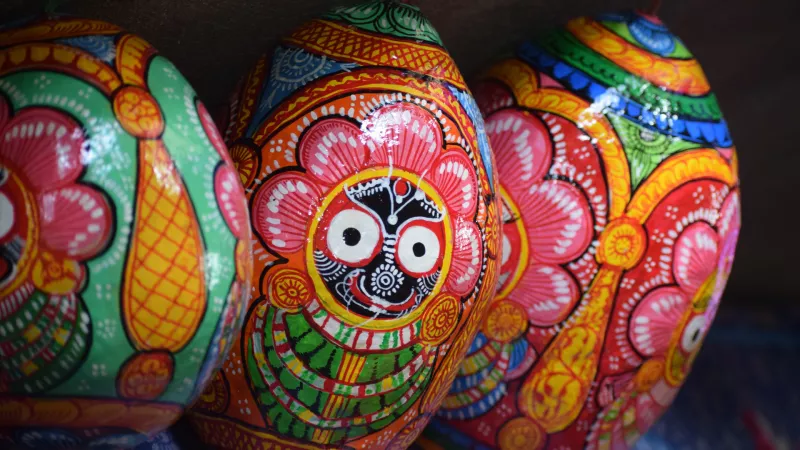

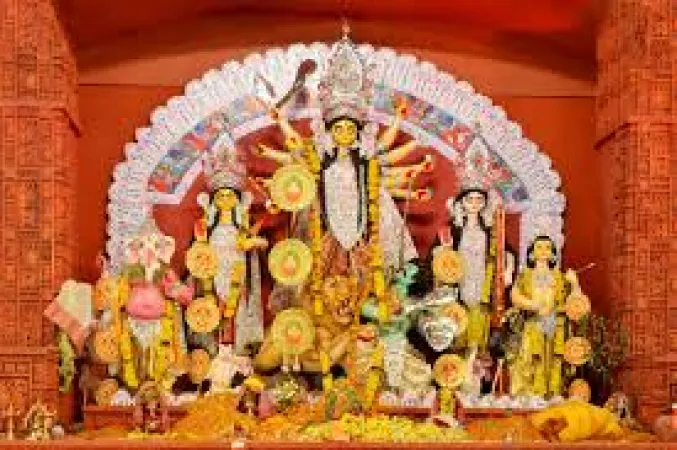




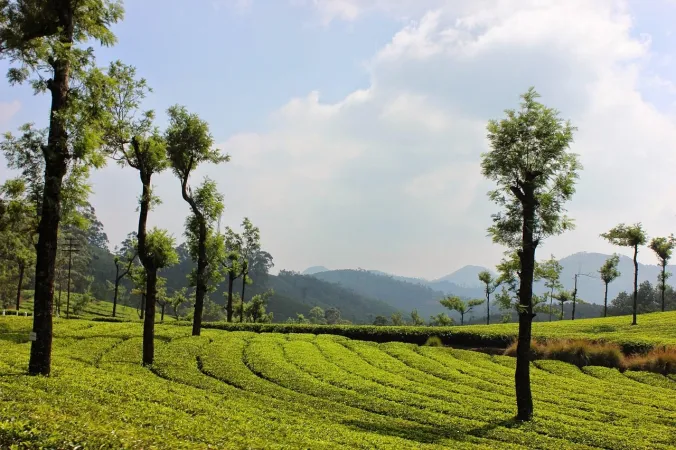


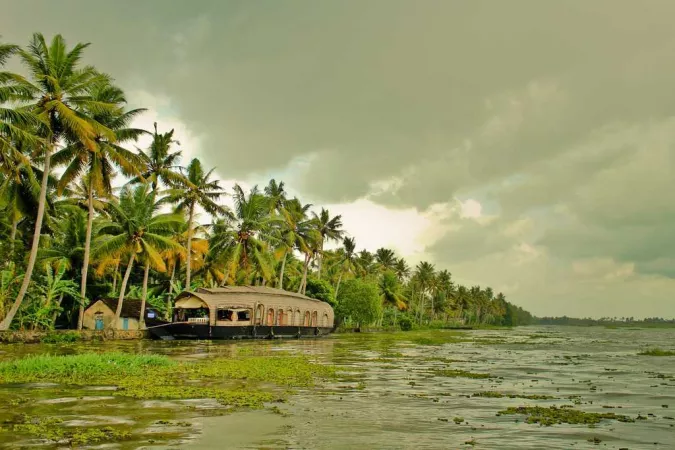

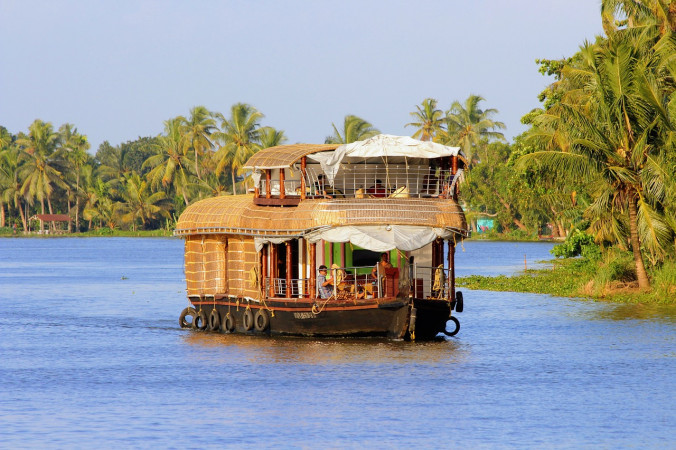

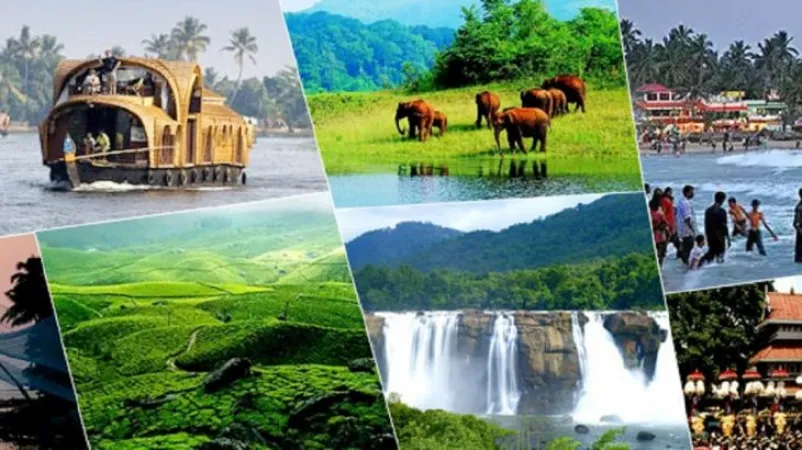

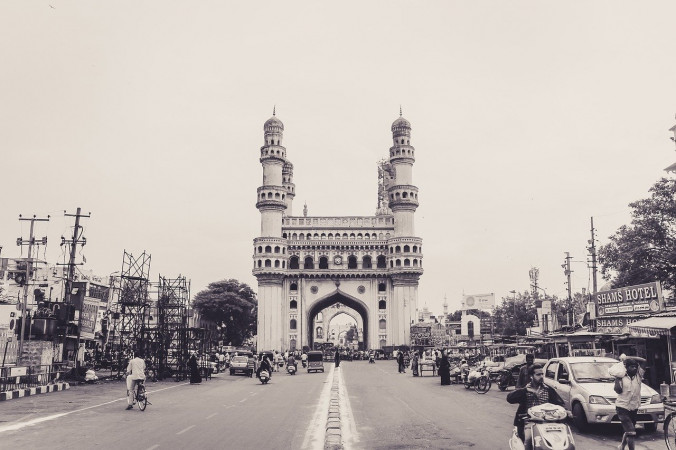
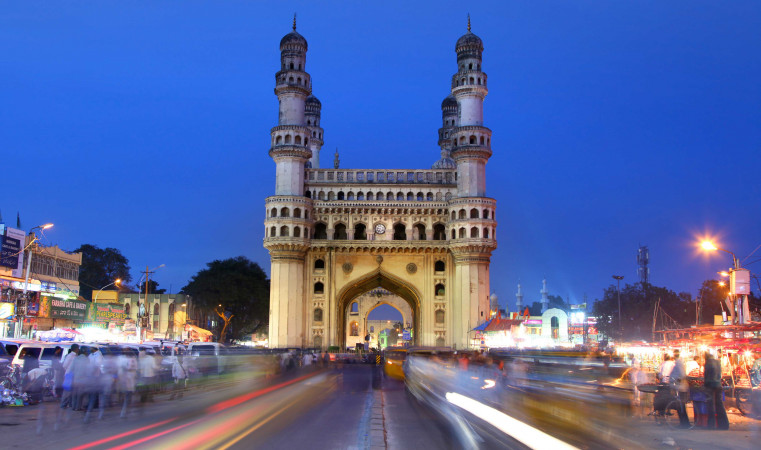

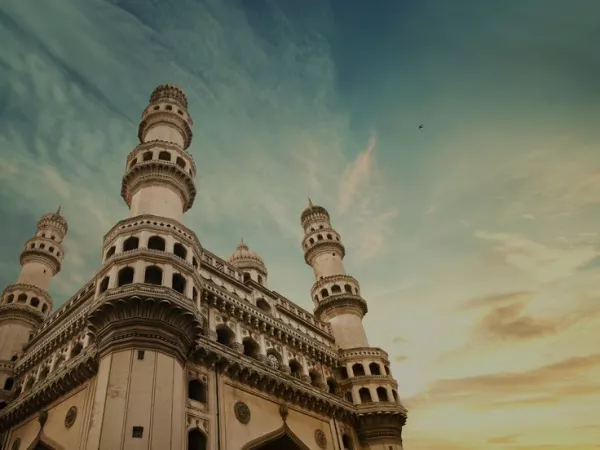


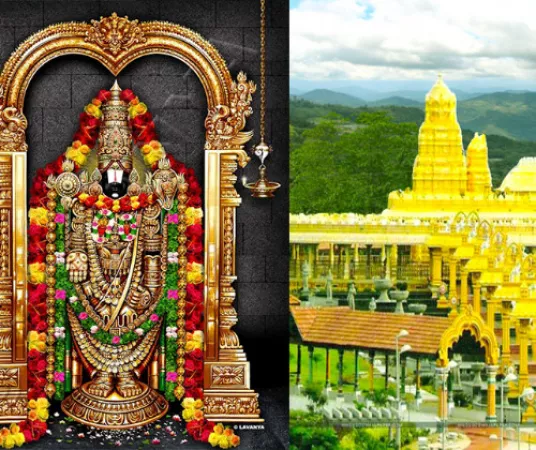
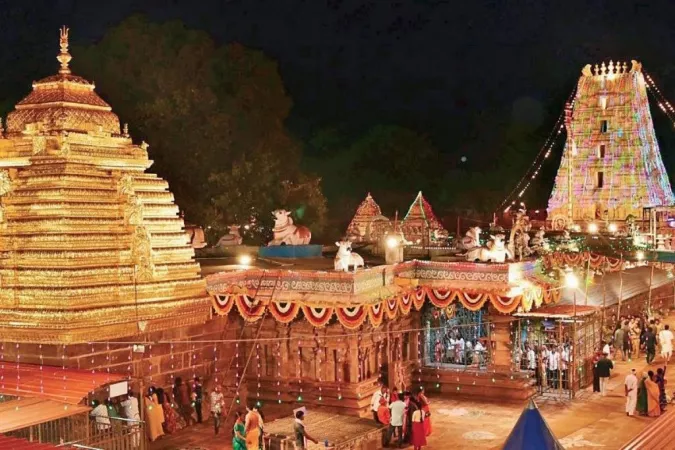
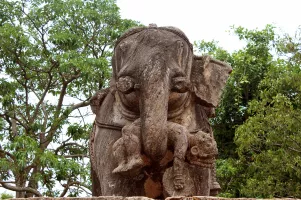

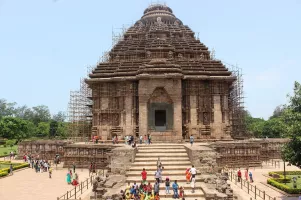
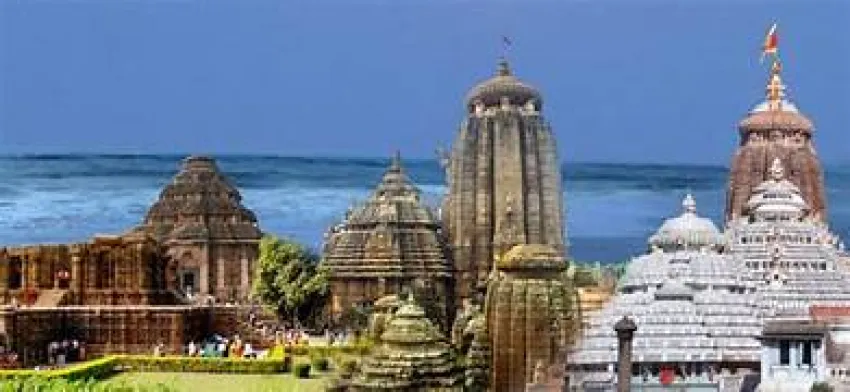
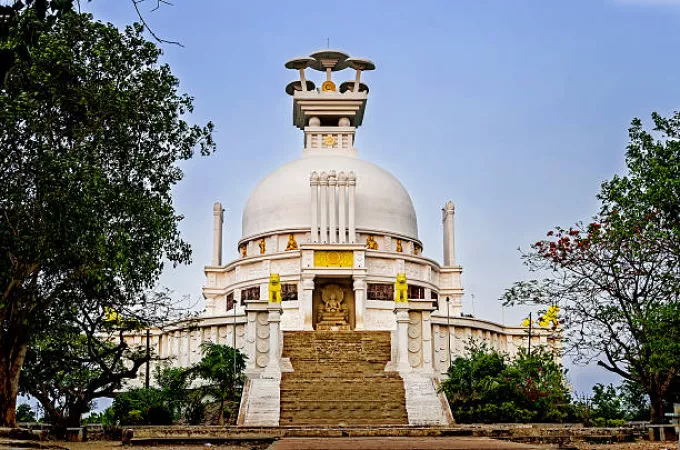

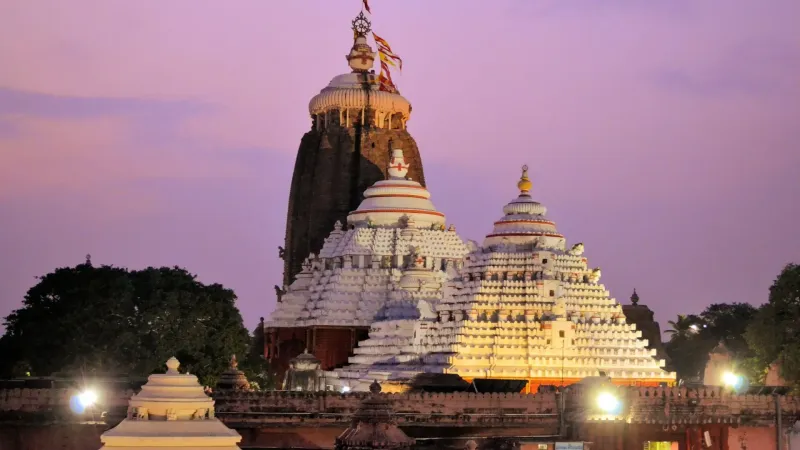
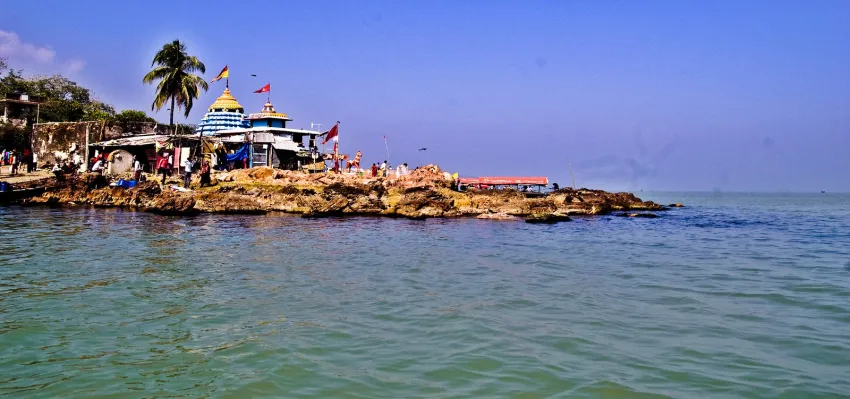

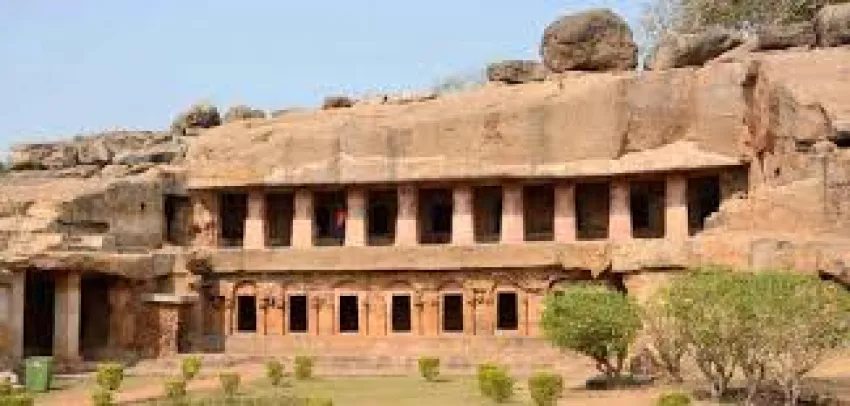
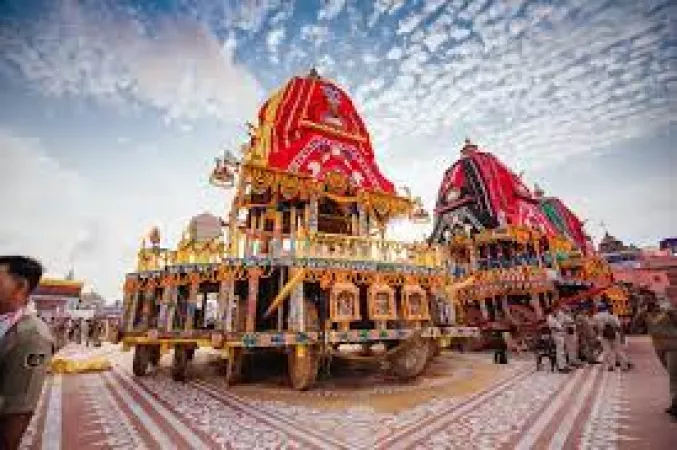

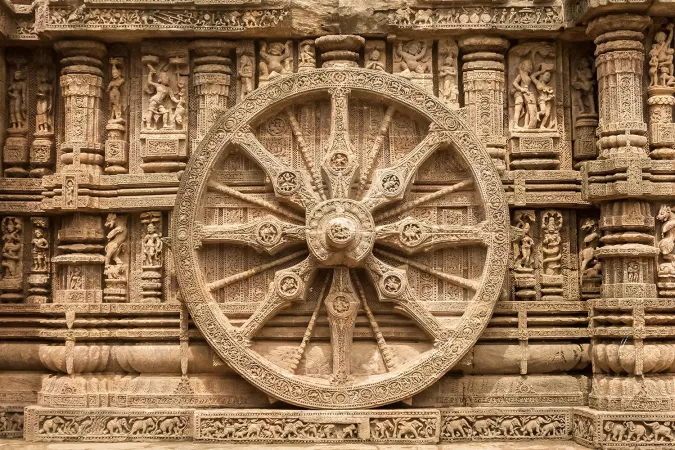
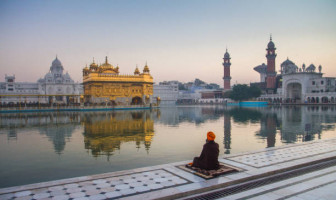

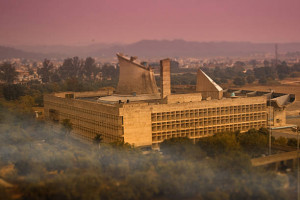
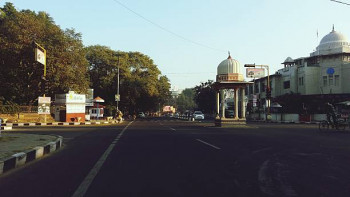
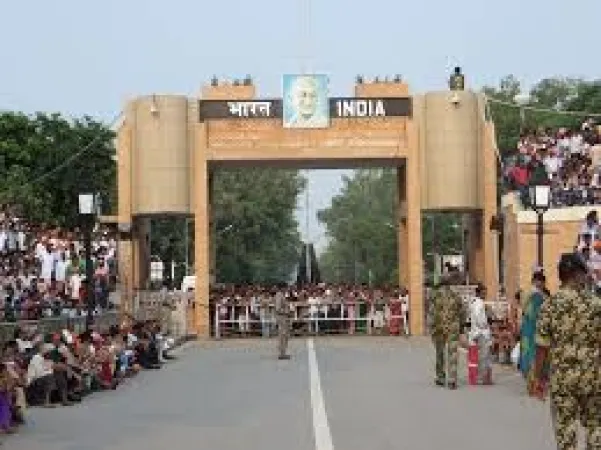






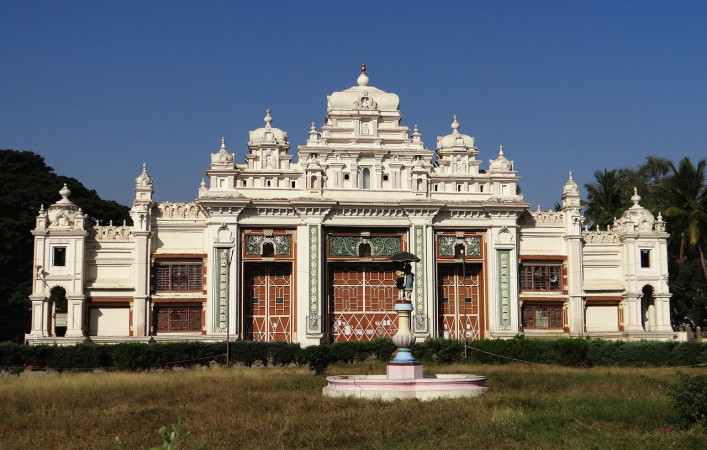

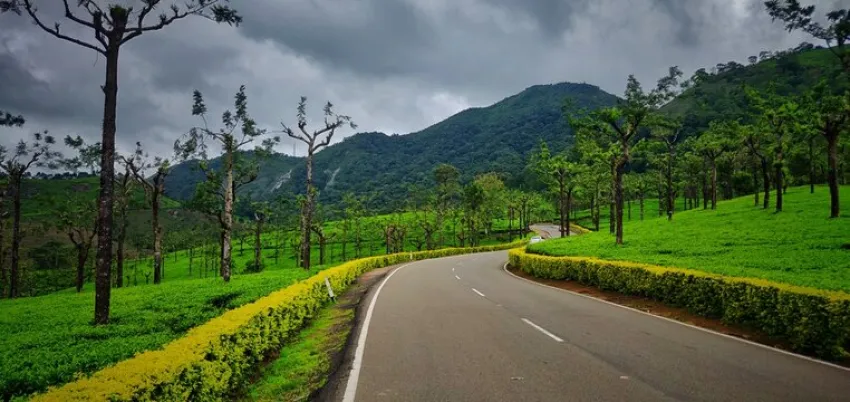





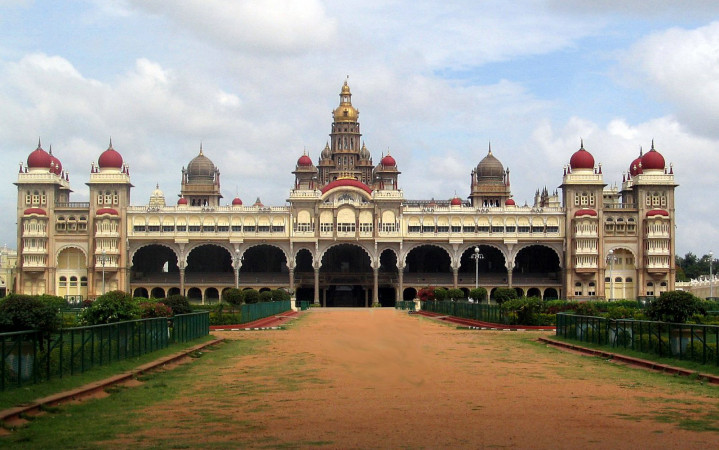

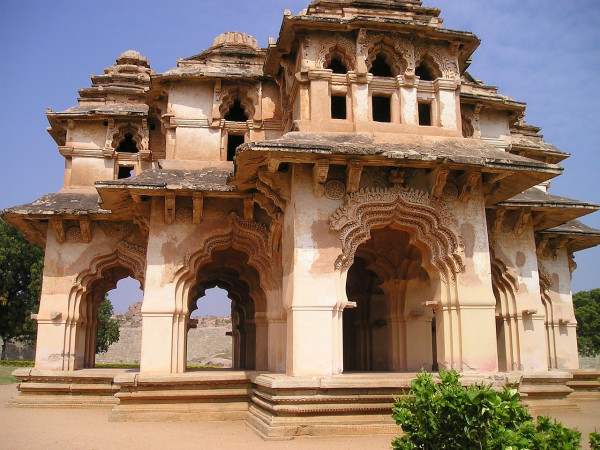
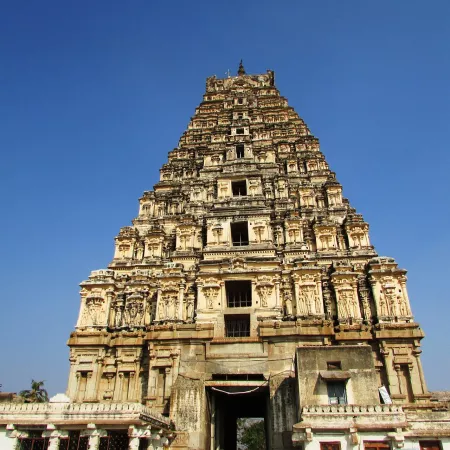

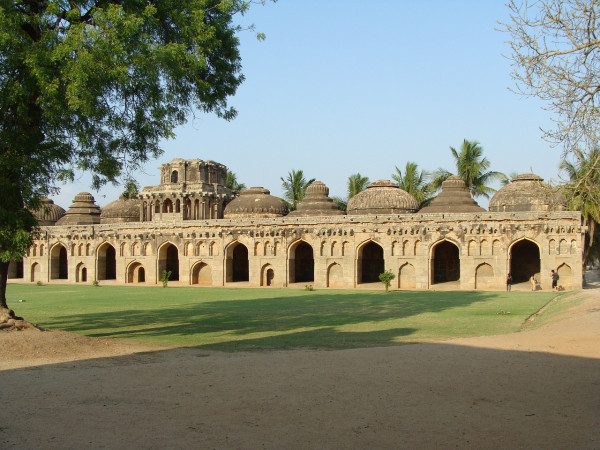
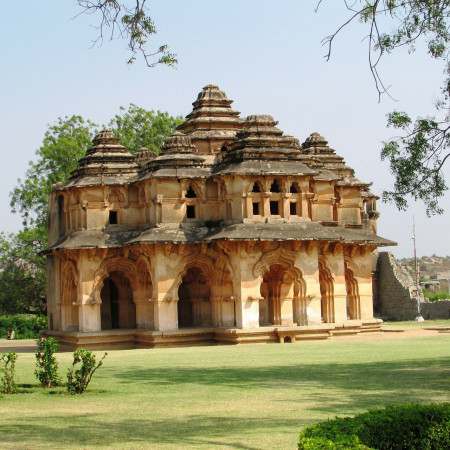


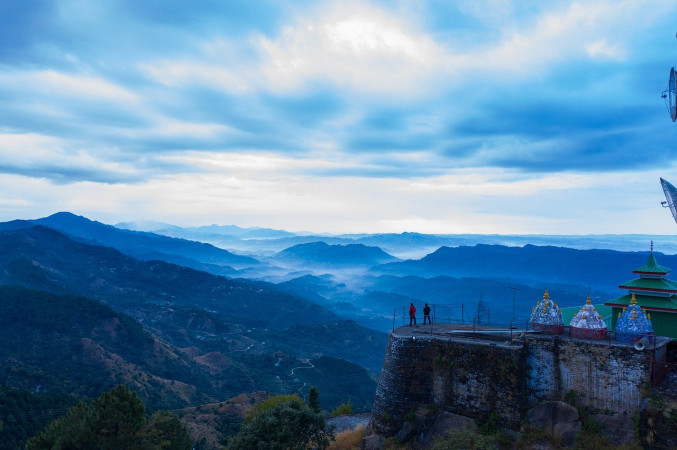

 February
February  March
March  April
April  May
May  June
June  July
July  August
August  September
September  October
October  November
November  December
December  January
January 











![[Travlog] Offbeat Weekend Getaway to Nahan from Delhi! Within 300km Road Trip with Family](https://static.tripclap.com/uploads/story/350X200/1658061800-1658061800-4388e.webp)

